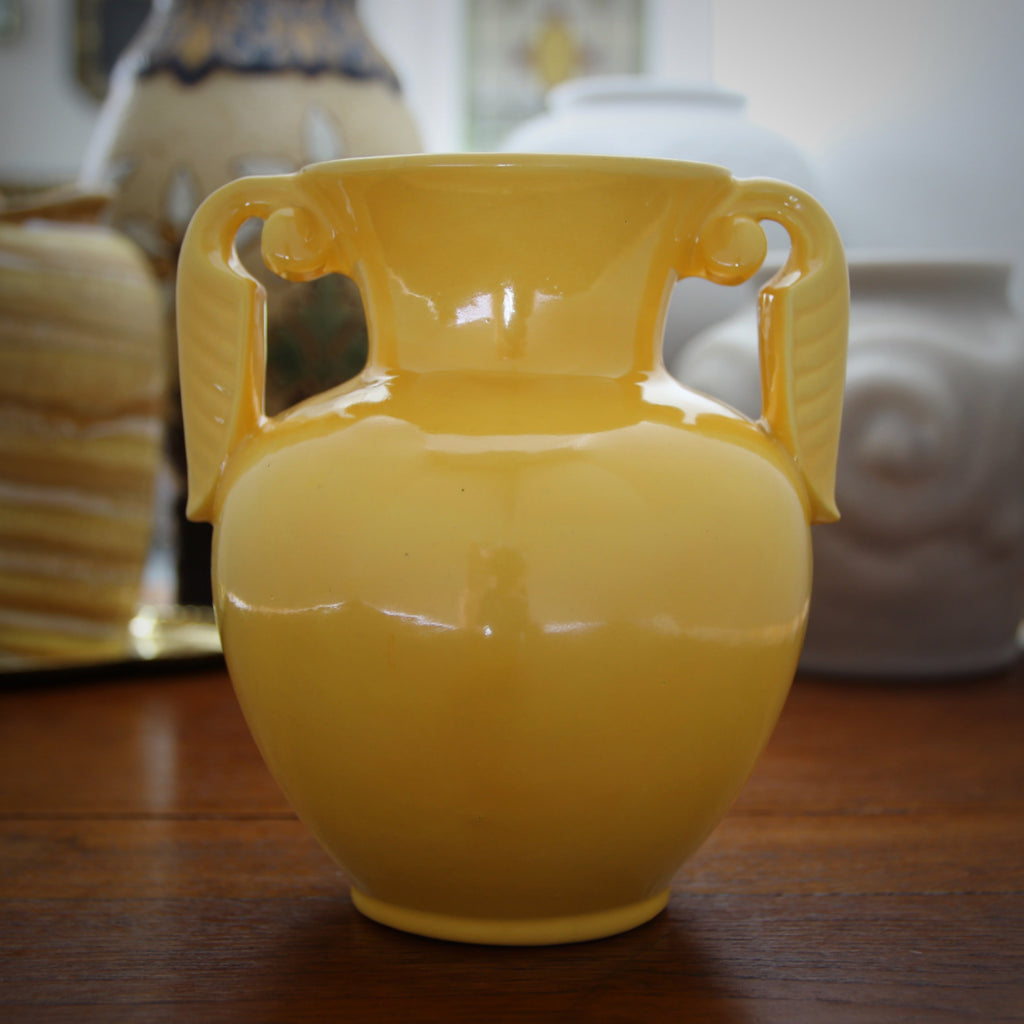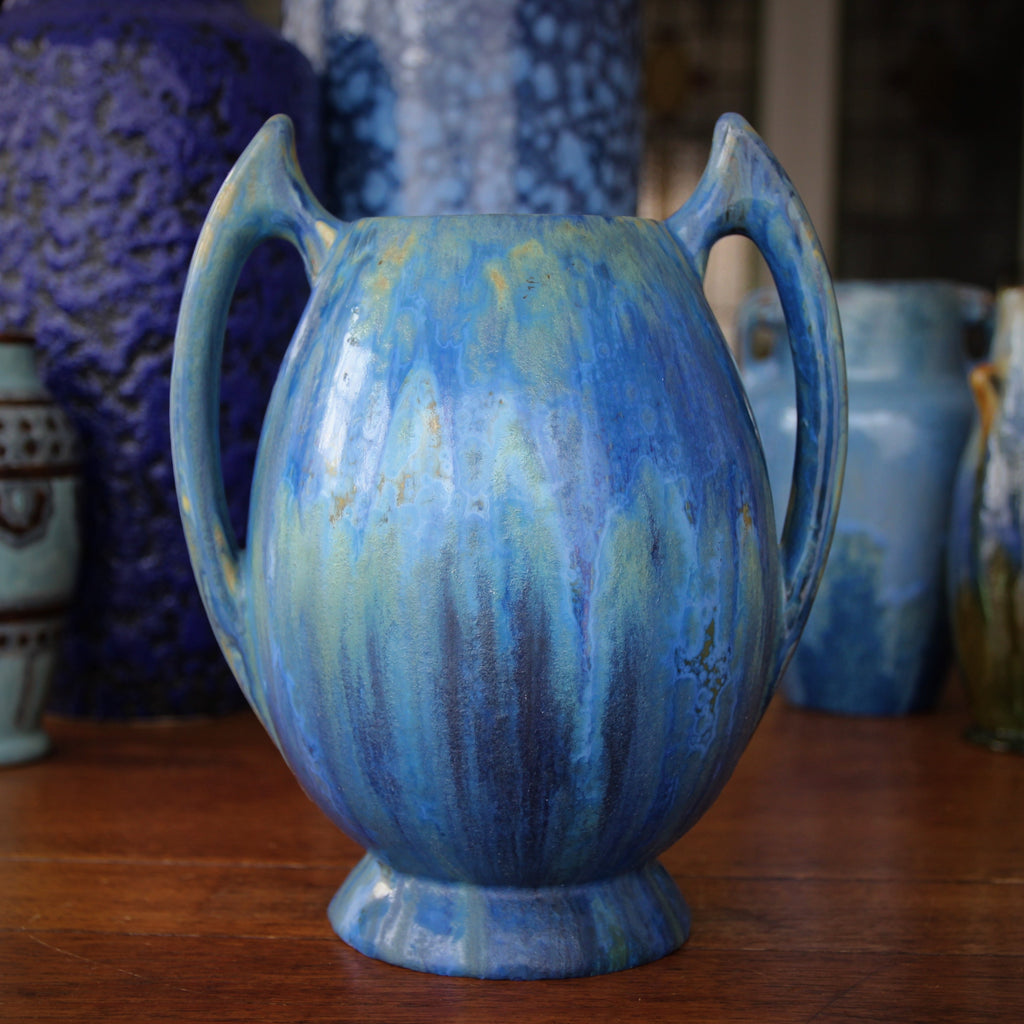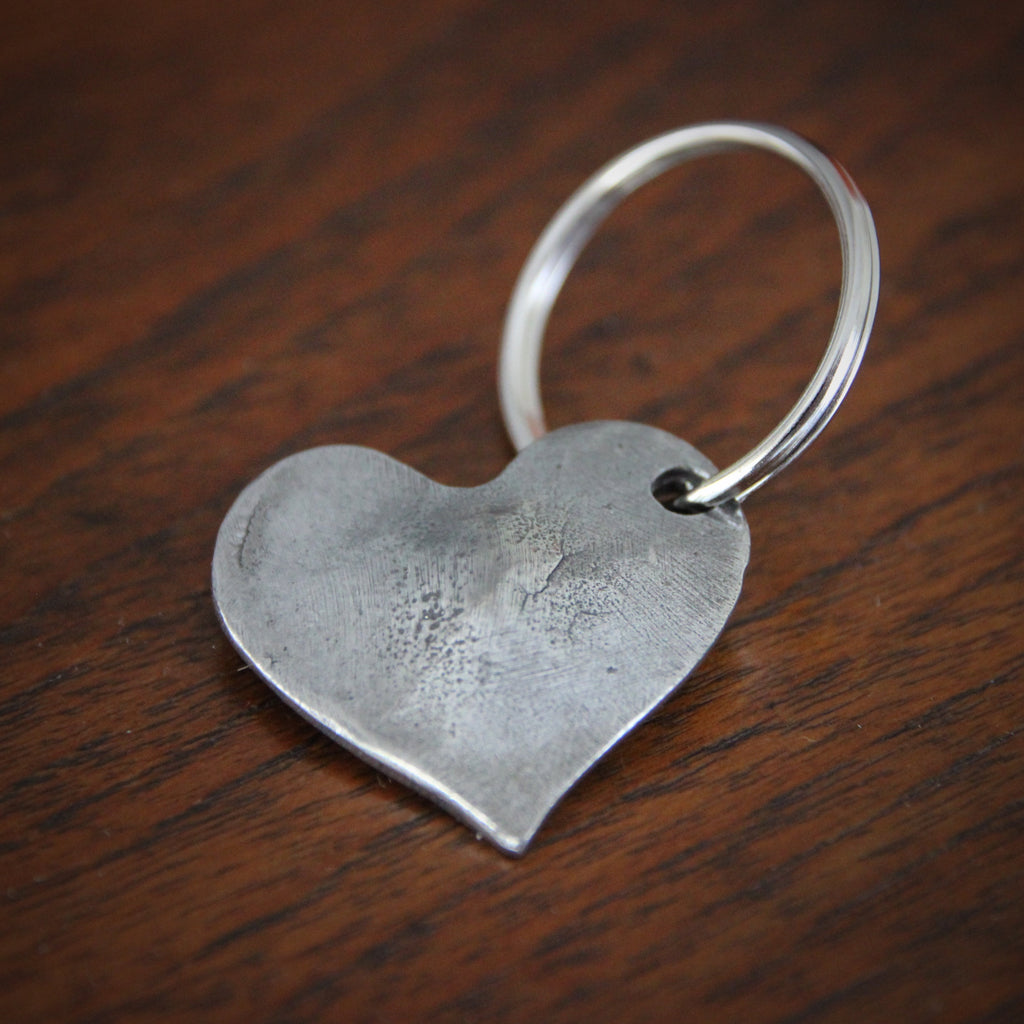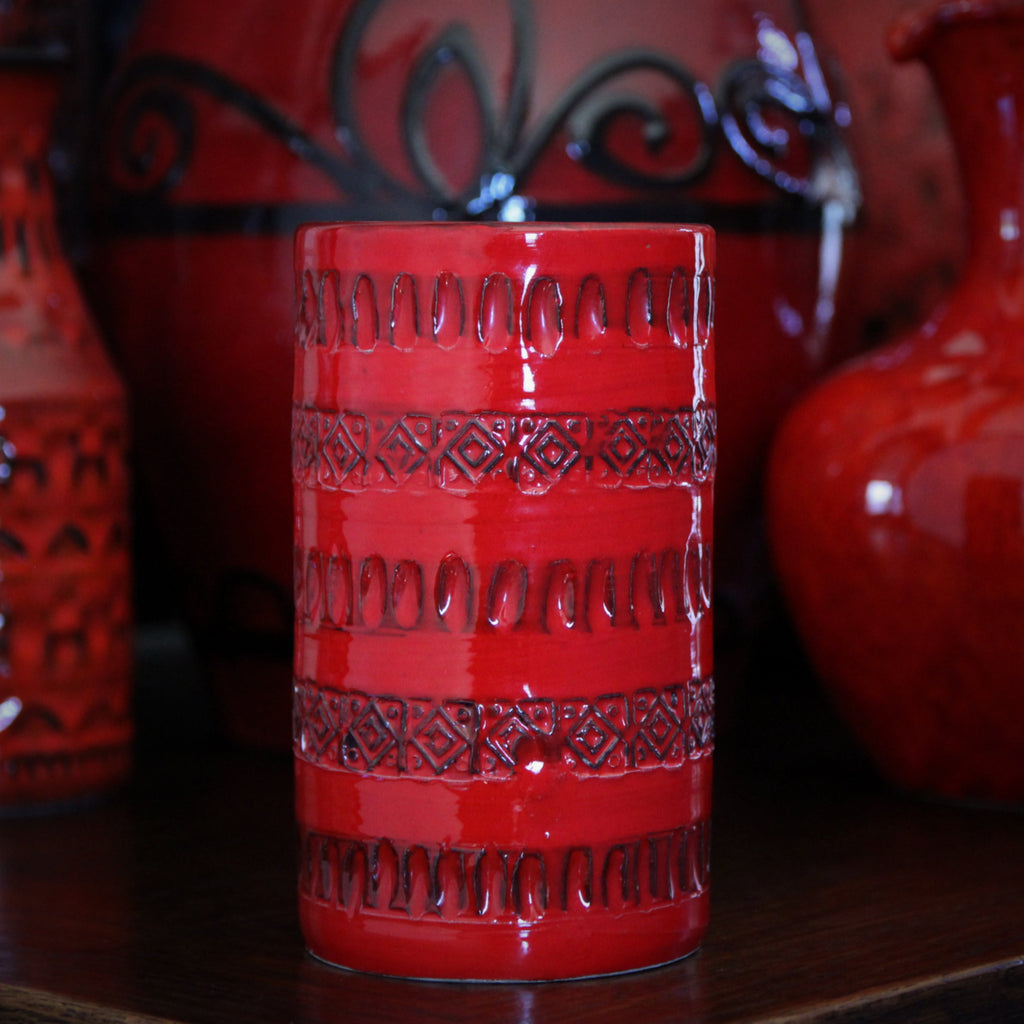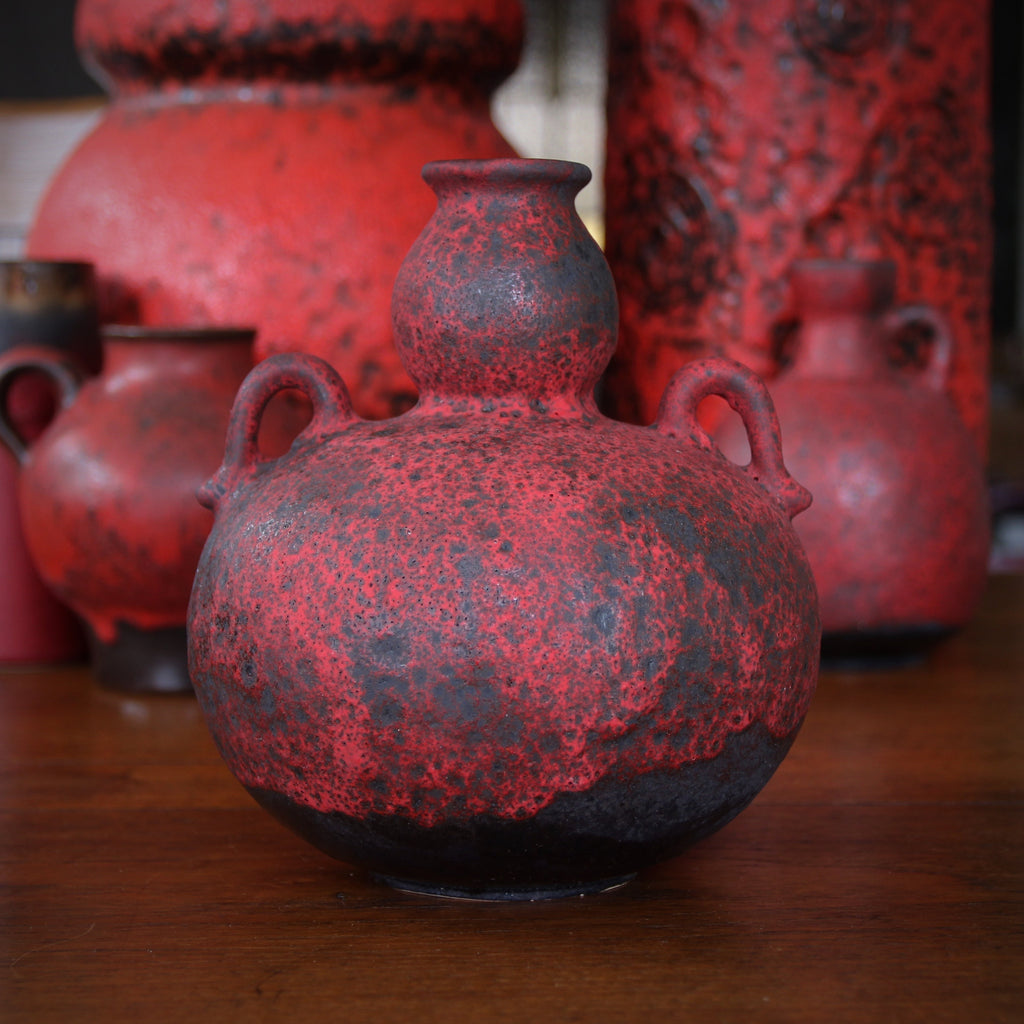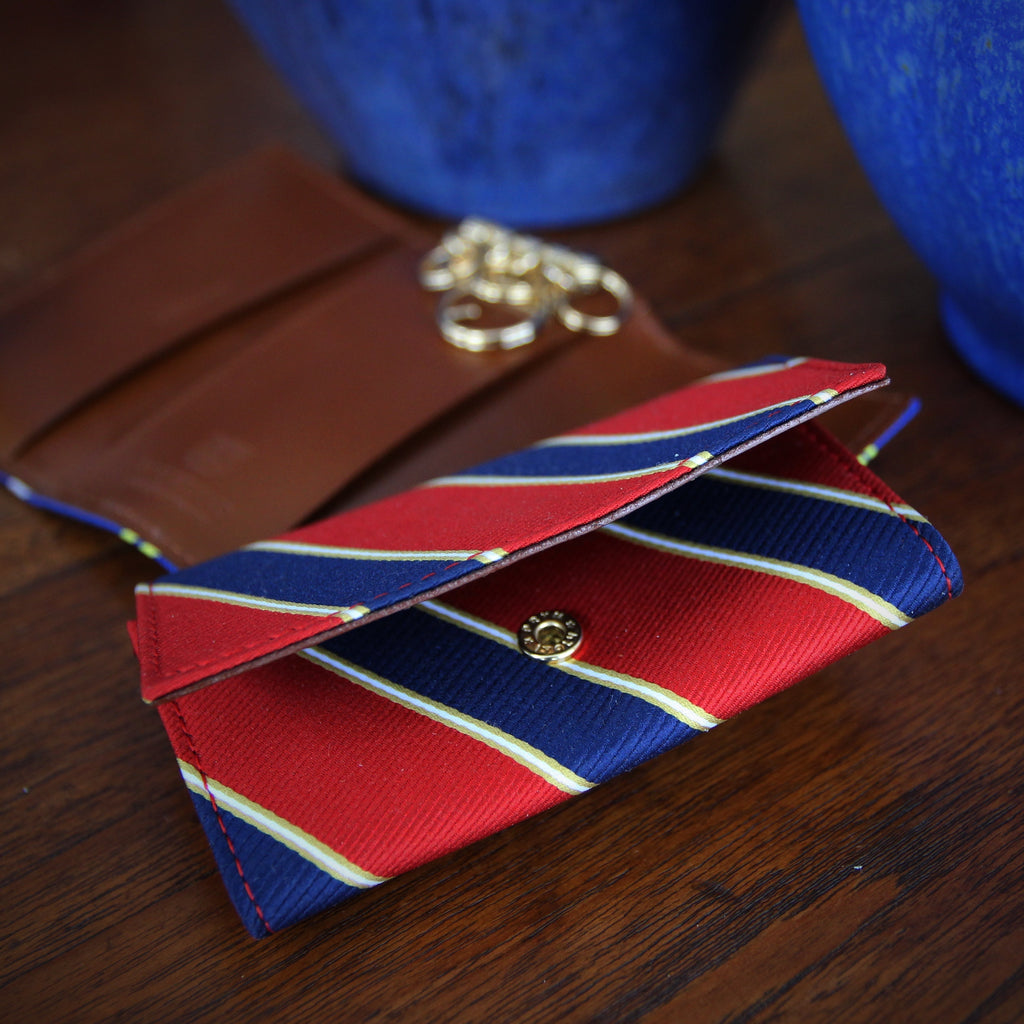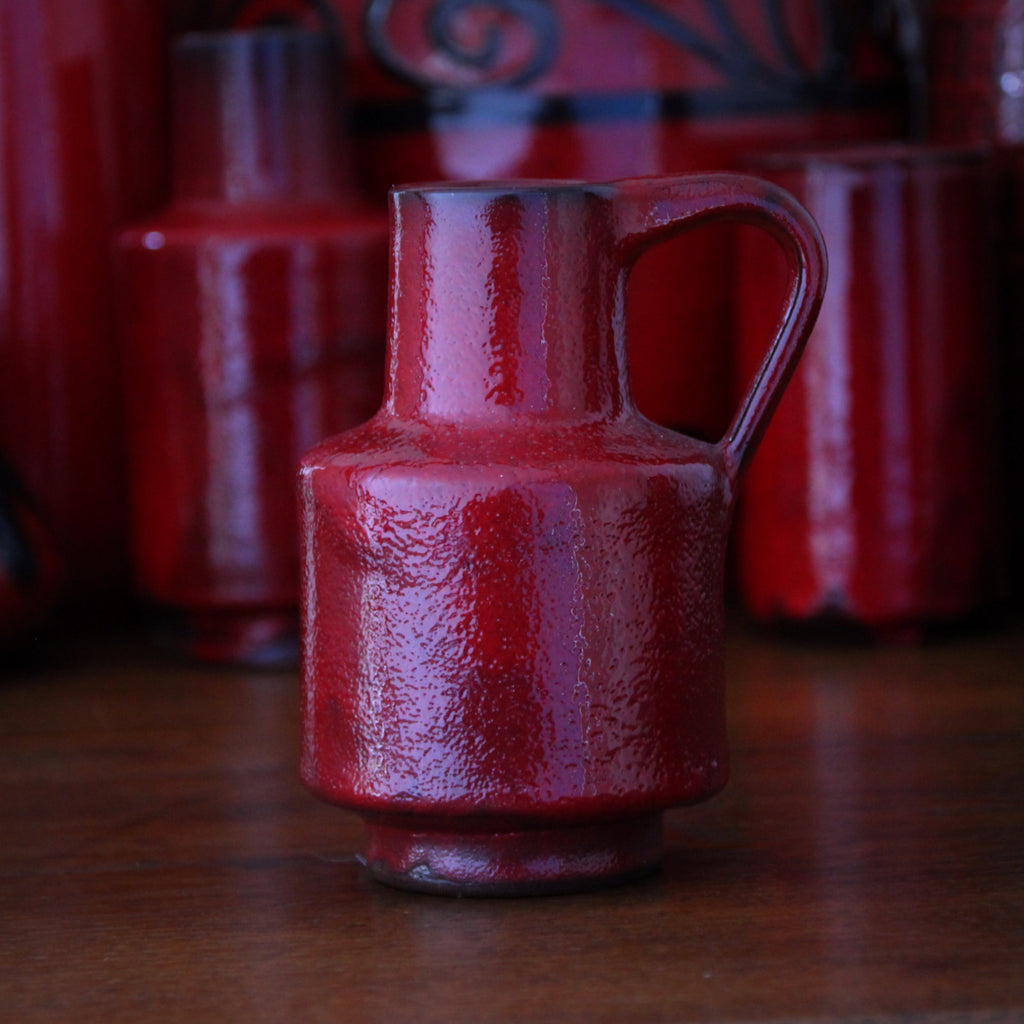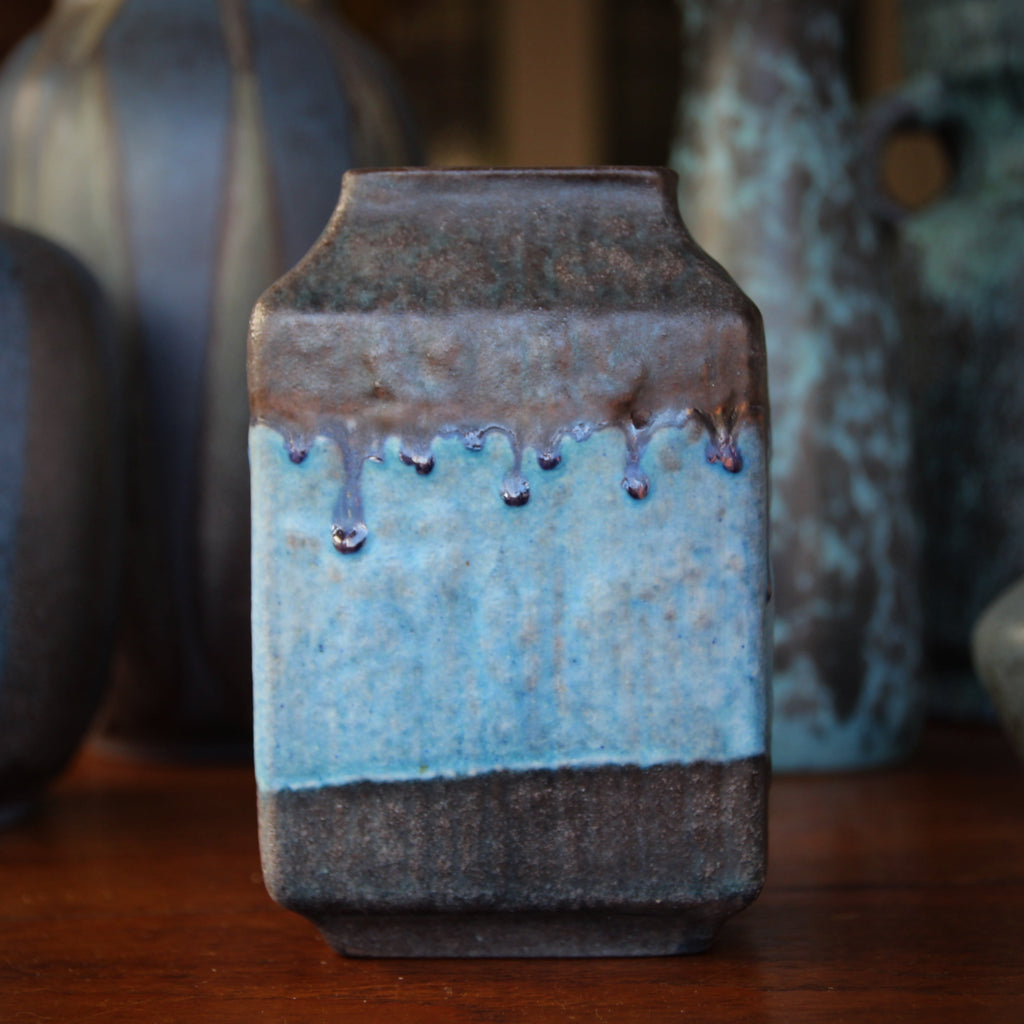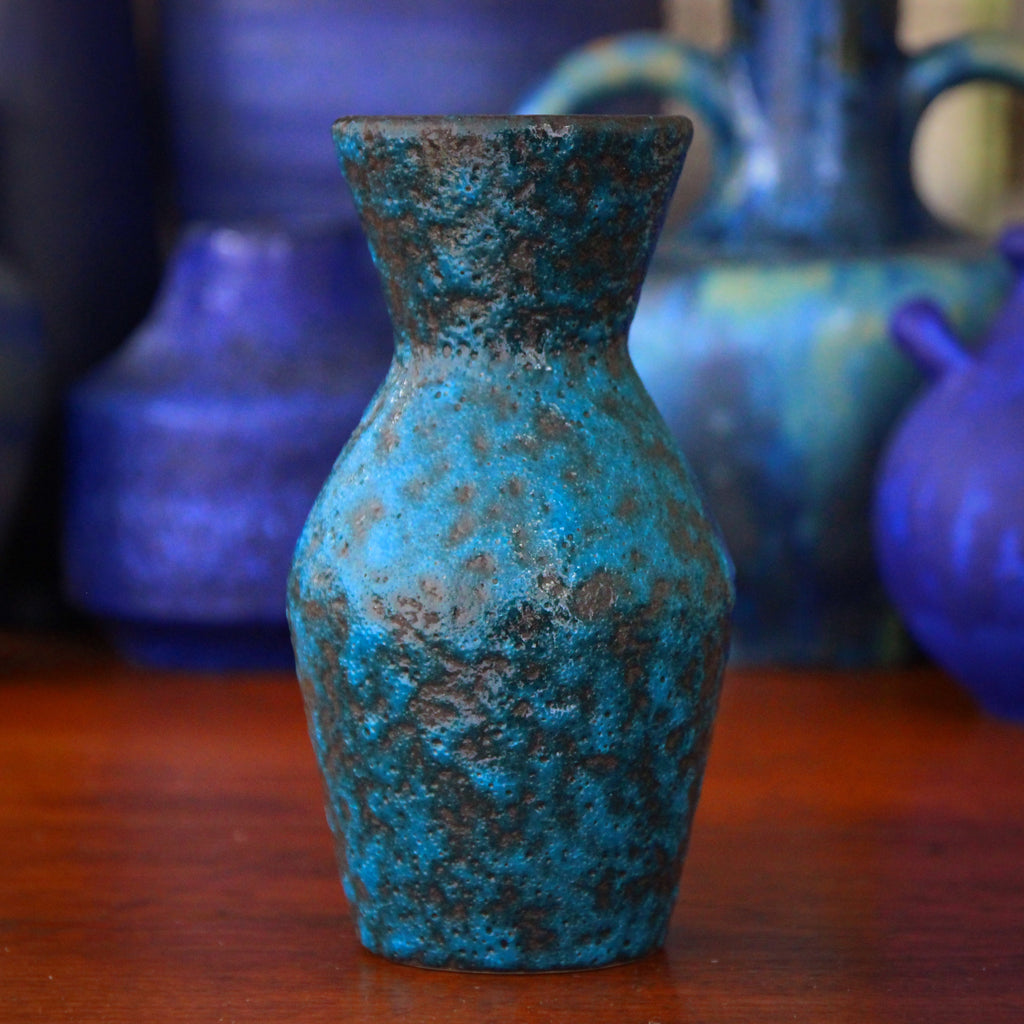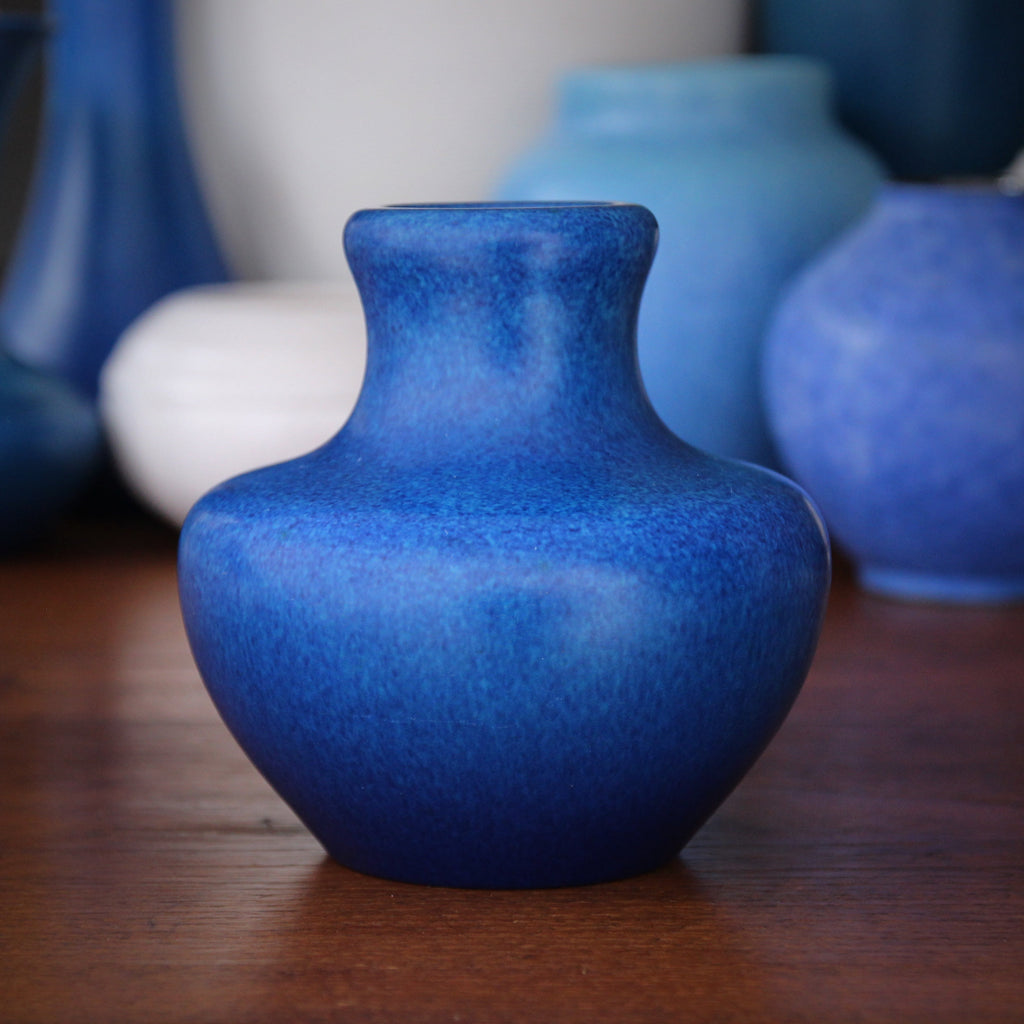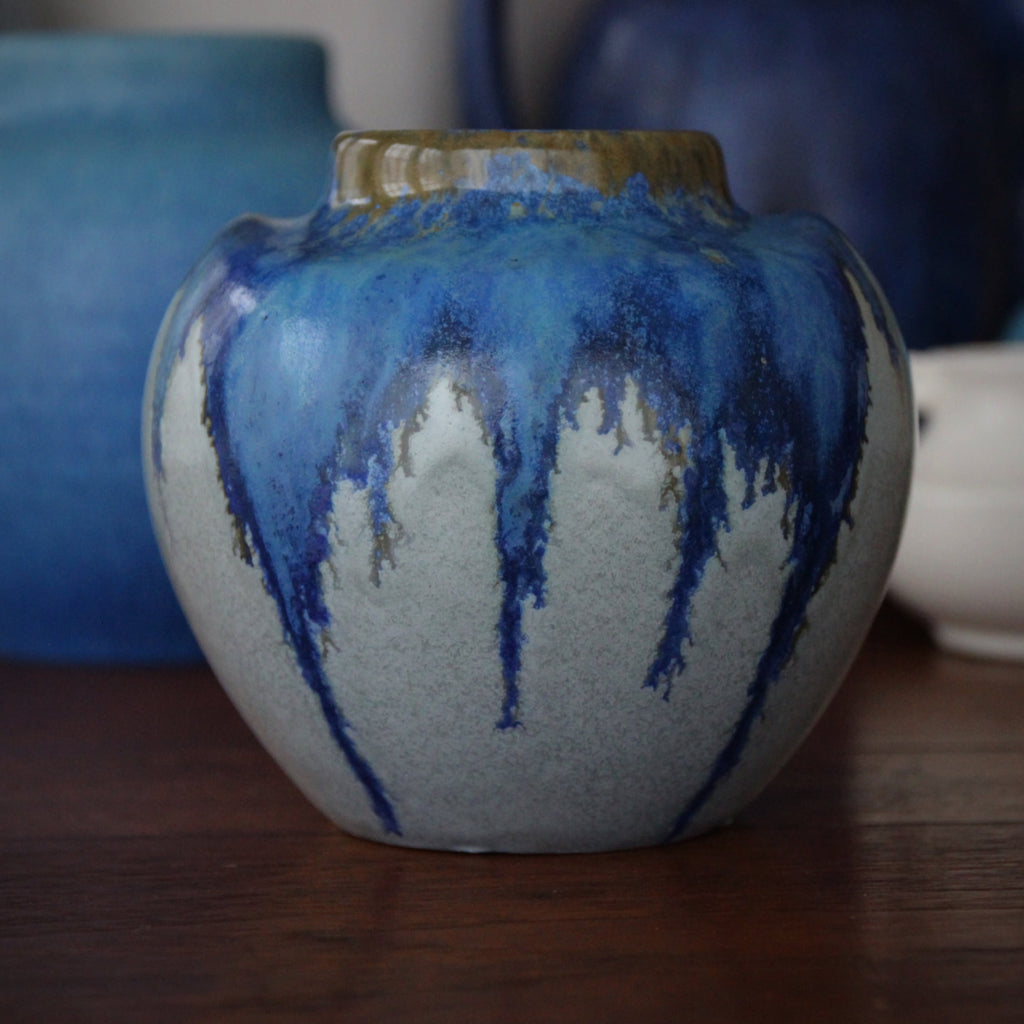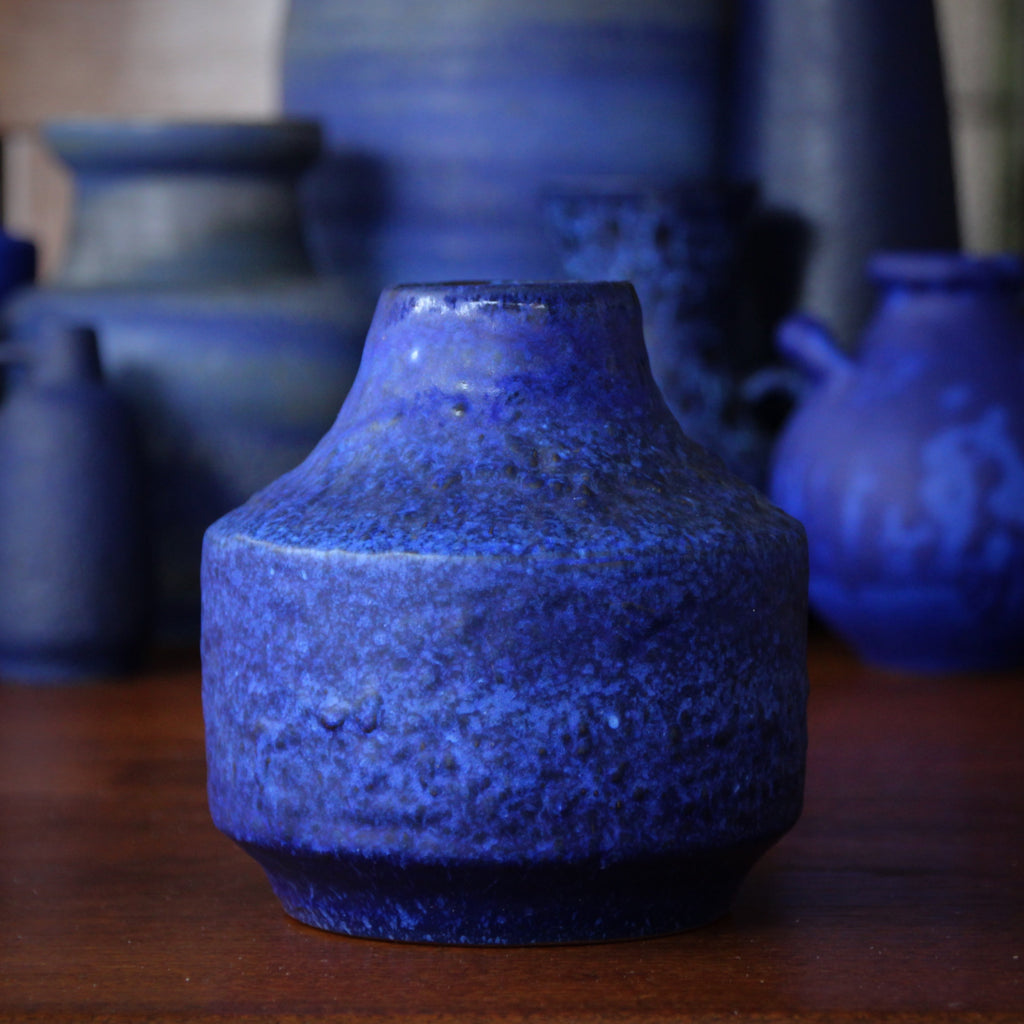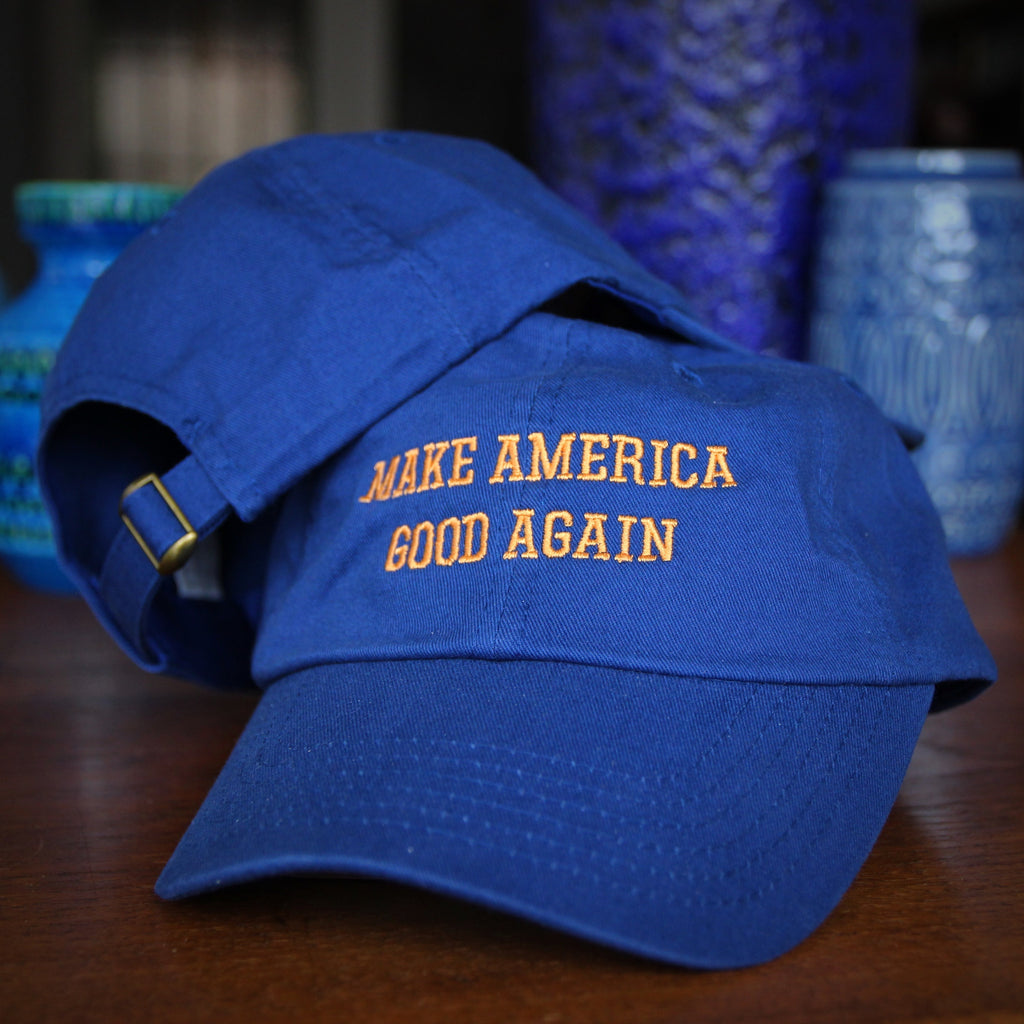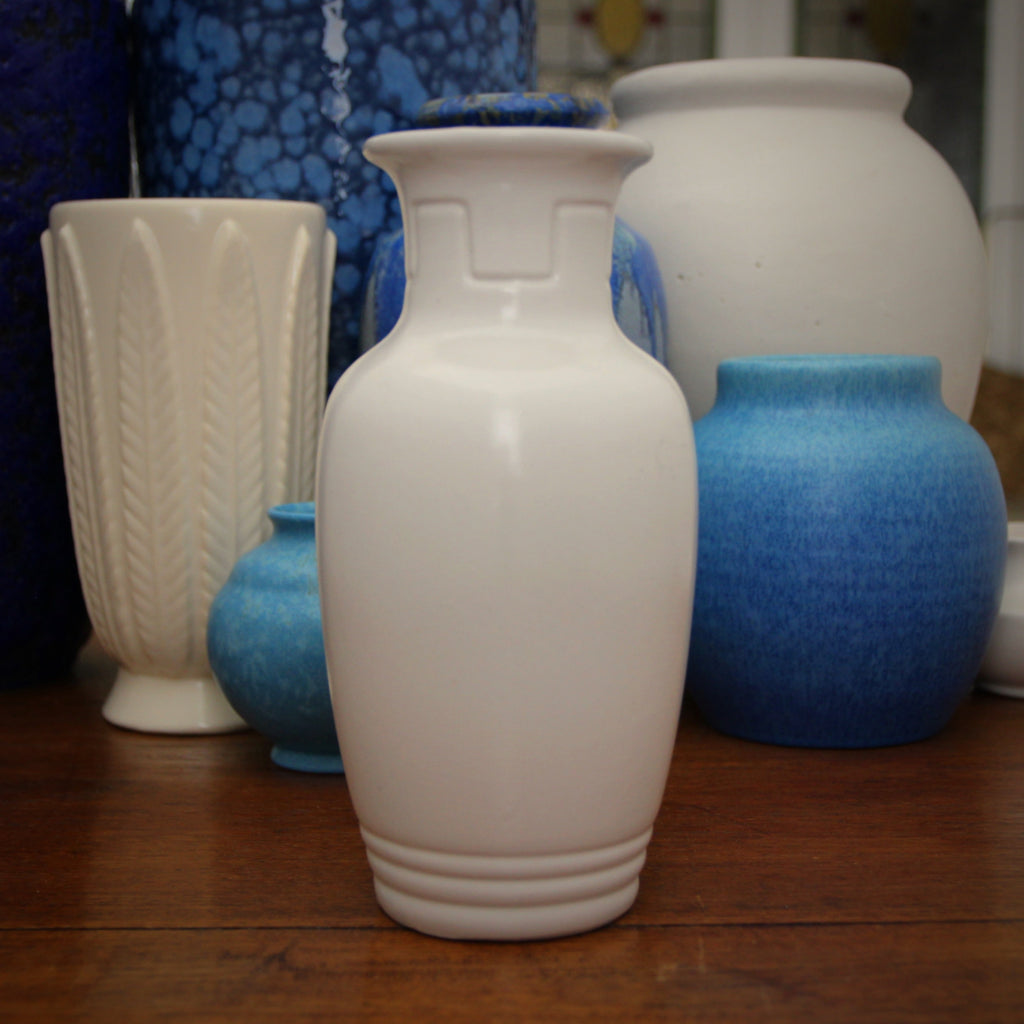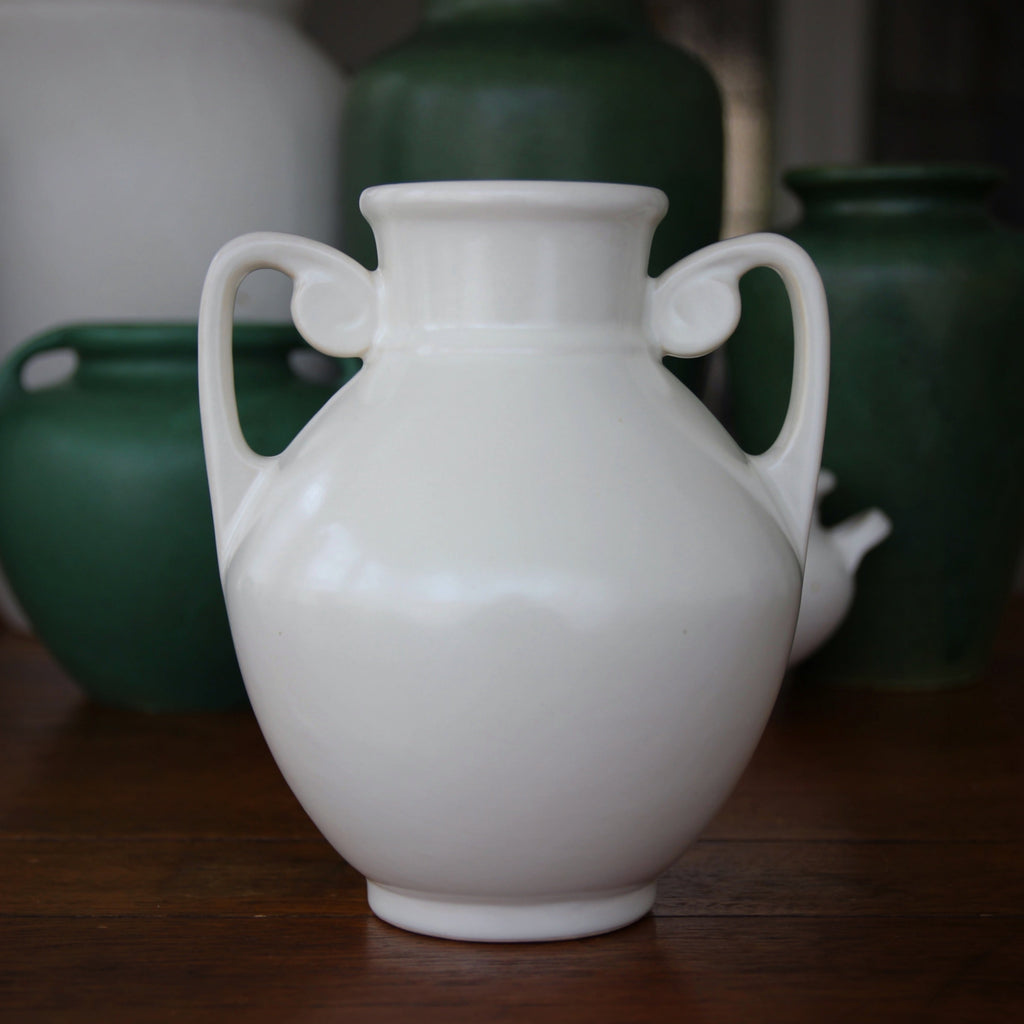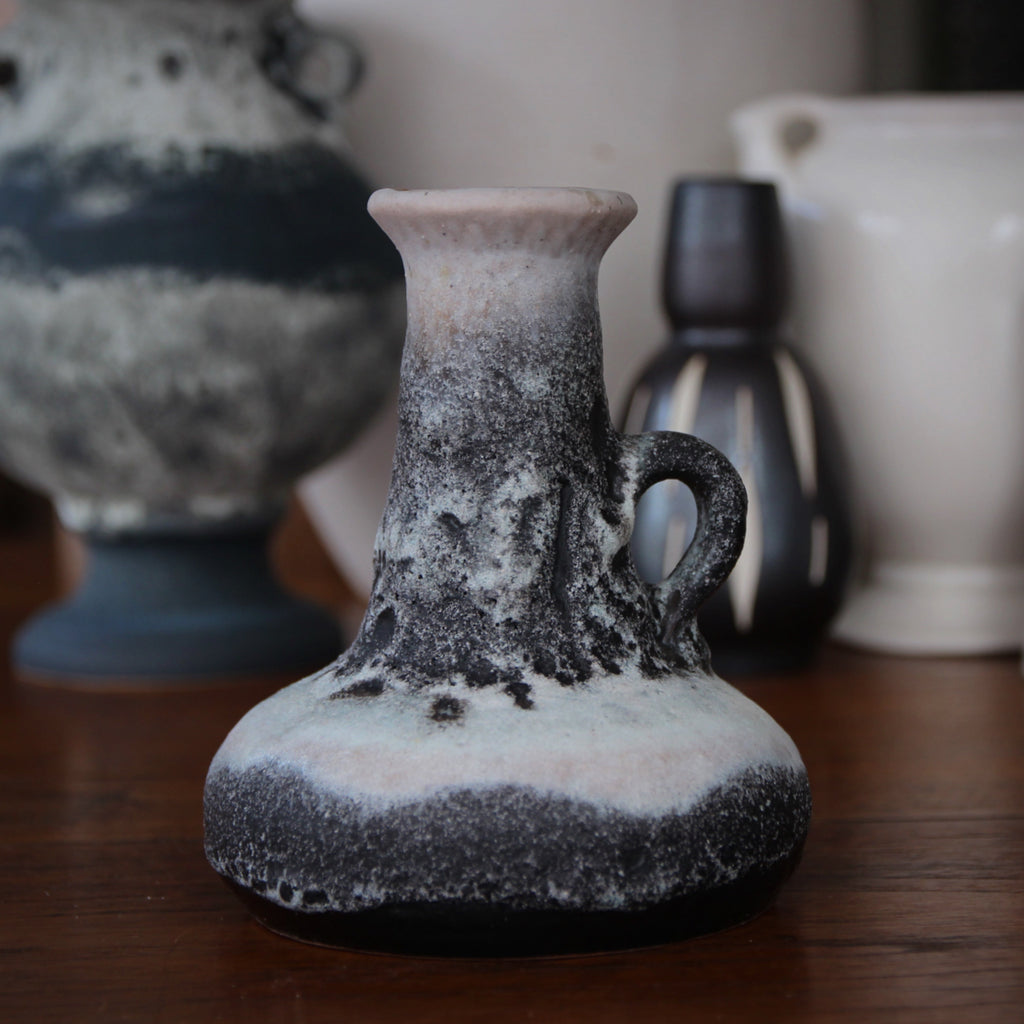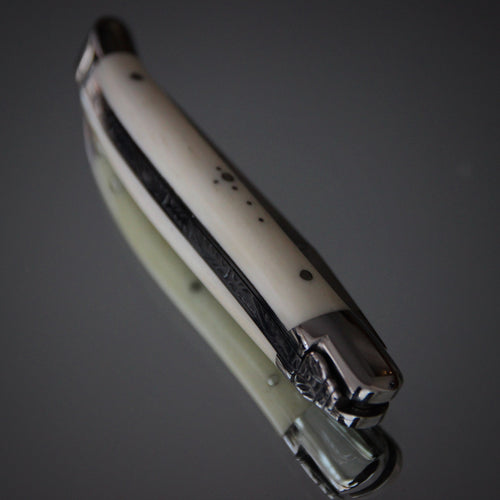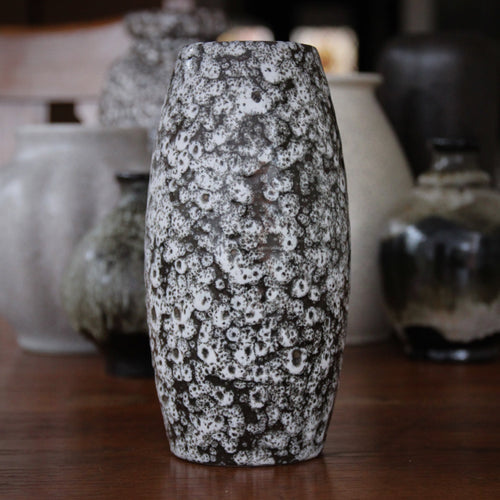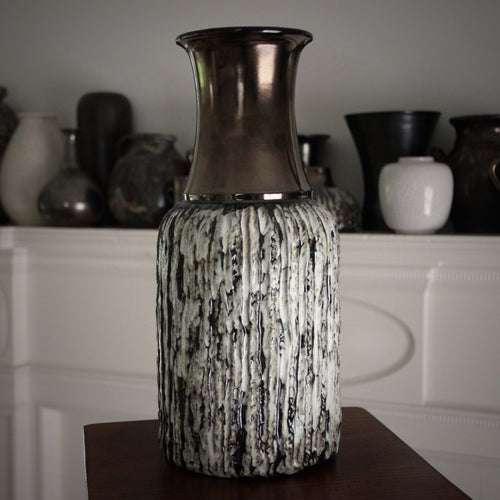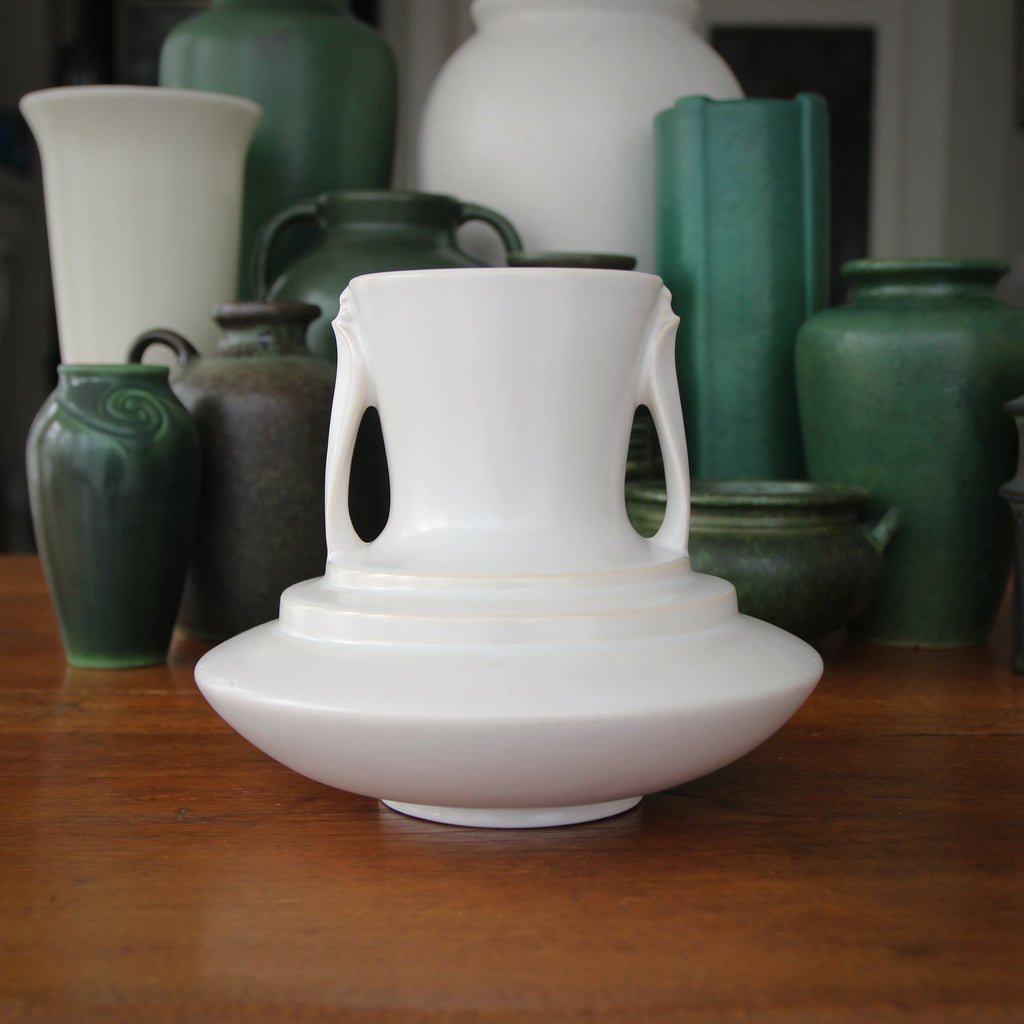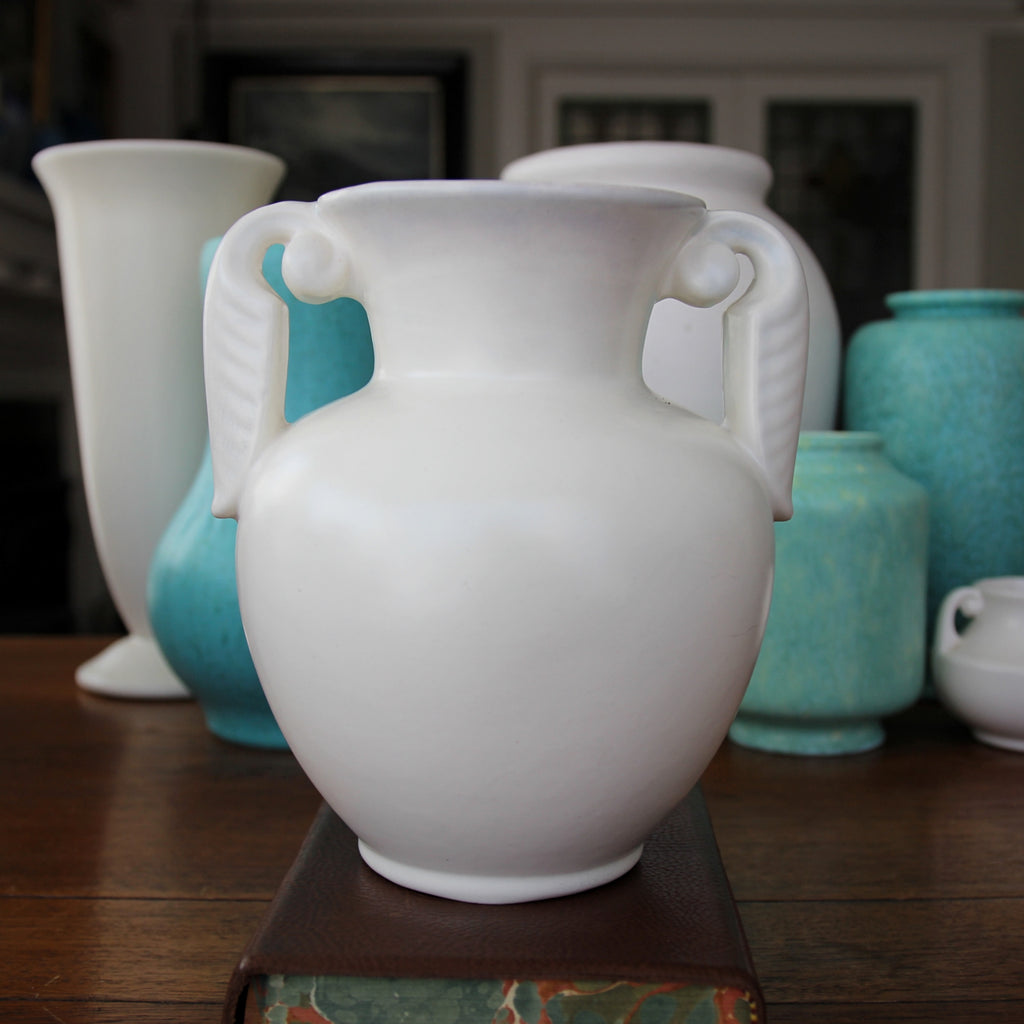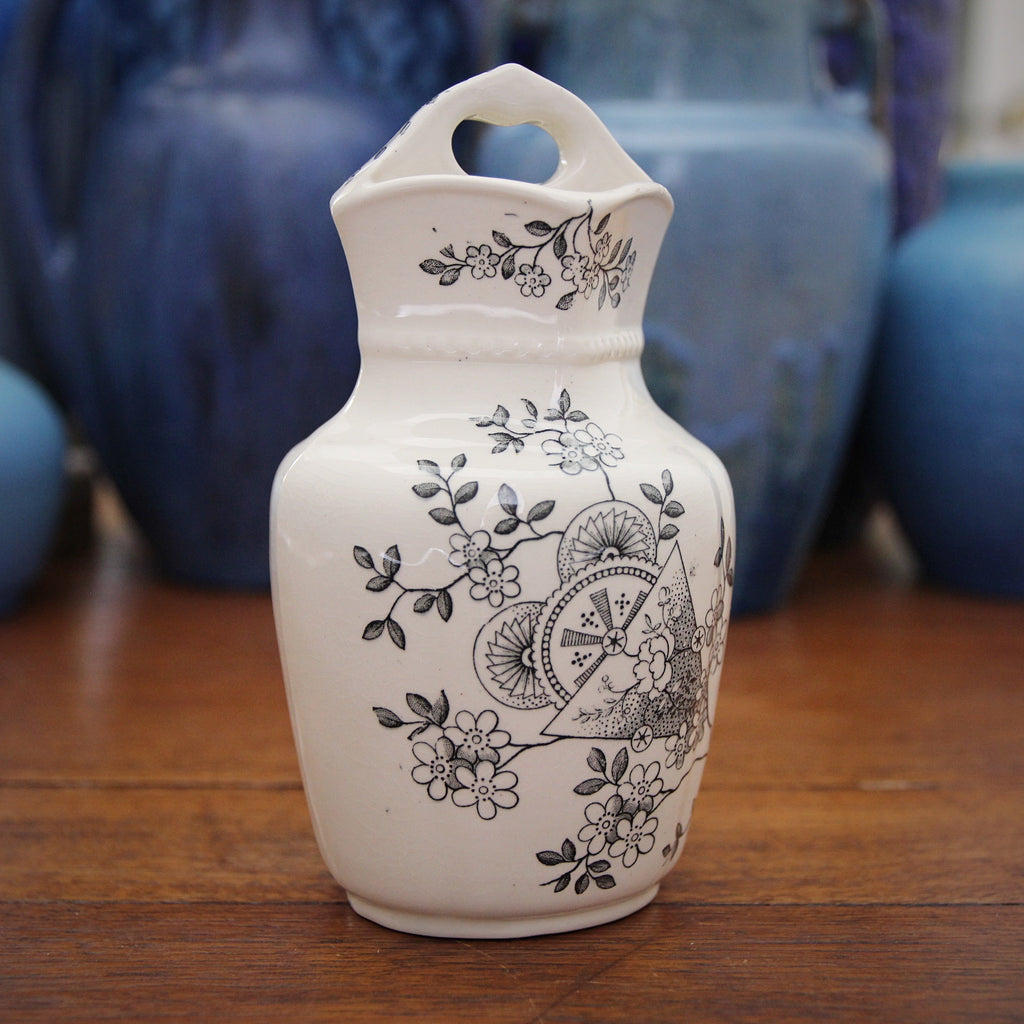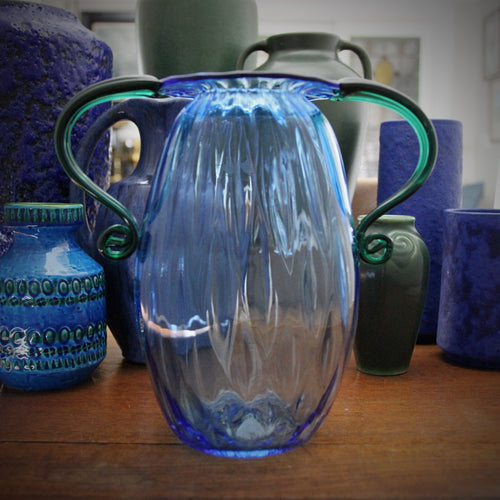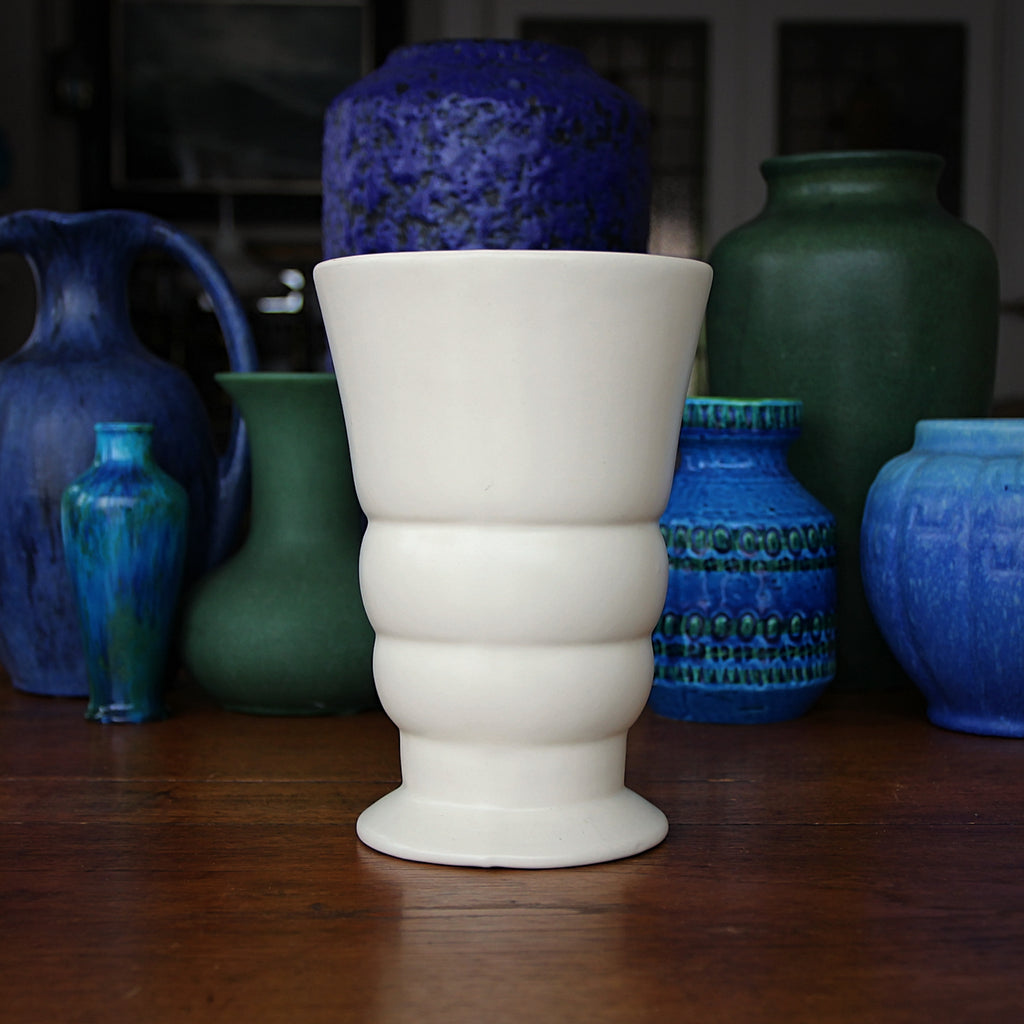JOURNAL RSS
On this evening, eight years ago, we moved out of our Chelsea apartment. The truckers had just removed the last box. Our furniture was wrapped and rolling. And our rented mini-van was en route to Pittsburgh--400 miles West. Benji sat in his crate between our seats. Lucky, the parakeet, chirped confusedly from his seat-belted cage in the back. This was a major turning-point in our lives. Had we made the right decision? Tomorrow we would meet those very same movers at our new home, where they would unpack the trucks—and leave us with weeks (months, years?) of unpacking, assembling and arranging.
The Ides of March
"Beware the Ides of March," warned Spurrina, the Etruscan Haruspex, to Julius Caesar. A haruspex was a soothsayer—a seer—trained in predicting the future by studying the entrails of slaughtered animals. He believed that trouble might befall the leader on the Idus (the mid-point) of Martius (March). The year was 44 BC.
So, on that day, as Caesar was heading to the Theatre of Pompey (where the Senate was convening), he passed that very fortuneteller in the street. "Well, the Ides of March are come," said Julius. "Aye," the seer responded, "but they are not yet gone." It was at that Senate meeting, at the Theatre of Pompey, where a group of 60 conspirators, led by Brutus and Cassius, assassinated Julius Caesar.
Horse Sense - XIII
Saint George is amongst the most popular and venerated of saints, named the patron saint of England, Portugal, Catalonia, Bulgaria, Malta, Lebanon, Ethiopia and Brazil. Observe the red "Saint George Cross" on numerous flags and crests of cities and villages for even more regional devotions to the saint. Despite this popularity, his history is a bit fuzzy—and, perhaps, a bit fanciful. We believe that he was of Greek Cappadocian ancestry (located in modern day Turkey), born into a Christian family. He became a Roman soldier under the Emperor Diocletian, eventually elevated to the elite Praetorian Guard. In 303 AD, however, a purge of Christians from the Roman Army (called The Diocletianic Persecution) demanded that George renounce his Christian faith....
Horse Sense - XII
Blenko Glass, still operating today in Milton, West Virginia, has an interesting—though quite fraught—history. The company was founded by Englishman William Blenko in 1893. He was born in London in 1853 and had worked in the glass industry there. At age 40, he moved to the United States where he opened (in Kokomo, Indiana) America's first factory to produce sheet glass for stained glass windows. That endeavor lasted ten years until an economic downturn forced Blenko to return to England. Six years later, Blenko was back in America and opened another factory, this time in Point Marion, Pennsylvania (which quickly failed), followed by another one in Clarksburg, West Virginia (which also closed quickly). Not one to give-up, William Blenko opened...
Horse Sense - XI
An armored knight steadies his steed, who's chomping at the bit, ready to begin the joust. These bronze-clad bookends are nicely patinated and hand-painted. They were sculpted with dynamic tension; one can practically hear the stomping and snorting of the swaying beast. Made in the Twenties or Thirties in Metuchen, New Jersey, by Marion Bronze.
Horse Sense - X
I love horses. I love sculpture. And I love bookends. Check, check, check. But when it comes to horse racing, I have pretty-mixed feelings. I know that top race horses are treated magnificently. And, yet, injuries and track-side executions are still all-too-common. And for every top-tier race horse, there are hundreds of other horses who live and race at lower-level (perhaps questionable) stables and tracks. Despite these reservations, I think that the bookends, shown above, are straight out of the Winner's Circle. Made of heavy cast iron, they are patinated with a rich, traditional bronze, highlighted with golden bronze bas relief sculpting. The horses (and the horseshoe) fairly pop from the surfaces of these bookends, made by Bradley & Hubbard...
Horse Sense - IX
As a boy, when I raised horses, we were taught an iron clad rule: one should never let his horse graze with a bit in its mouth. I guess we were worried about the animal choking—or, at least, getting grass caught in the metal bar of the bit. I also have been in the practice of not buying very many painted cast iron bookends. I guess most painted bookends seemed tacky to me, and not well-painted. In buying these painted "grazing horse" bookends, I have had to neglect two operating principles in my life (grazing while bridled and painted cast iron). And I couldn't be happier with myself. The cast iron bookends, shown above, depict a horse grazing while he...
Horse Sense - VIII
This week we are sharing some of our favorite Horse-themed Bookends at LEO Design. Earlier this week, we shared a pair of black vitreous porcelain horse head bookends made by Abingdon (Knoxville, Illinois). Shown above are a white pair—also made by Abingdon—which are equally stately, equally handsome.
Horse Sense - VII
The Prophet Muhammad received his first revelation from the Archangel Gabriel in a cave in 610 AD. In 613 AD, the prophet began his public ministry—preaching his teachings of the new religion, Islam, amongst fellow Arabs. Initially, Islam spread mostly throughout the Arabian Peninsula. After Muhammad's death in 632 AD, Islam spread very quickly. Within 125 years, Islam had spread throughout North Africa, deep into Central Asia, and into parts of Europe. Some of this expansion was achieved by merchant-traders along well-established trade routes. But Islam was also established through Islamic military force—and their vigorous colonizing of foreign peoples. The Ottomans were a powerful Islamic empire based in Anatolia (Turkey). Founded in 1299, the Ottoman Empire grew in strength through...
Horse Sense - VI
Sculptor Cyrus E. Dallin (1861-1944) was born in Springville, Utah. As a child, Cyrus played with local Native American children and developed a deep respect for their culture (and a sympathy for their plight). During his fruitful career, he created a cycle of four Native American sculptural groupings (between 1890 and 1908). The fourth of these sculptures, called Appeal to the Great Spirit, inspired the pair of cast iron bookends shown above, made in the Twenties or Thirties. At the age of 19, Dallin left Utah for Boston where he apprenticed under sculptor T.H. Bartlett. In Boston, he befriended sculptor Augustus St. Gaudens and painter John Singer Sargent. In time, Dallin travelled to Paris to study at the Académie Julian....
Horse Sense - V
While I recoil at the thought of killing a majestic buffalo with a spear—and I lament the near extinction of the species in America—I do admire the artistry manifested in this pair of cast iron "Bison Hunt" bookends from the Twenties or Thirties. The bas relief sculpting captures the frenetic energy of the hunt—and quite a lot of detail, too. See the dust rising from the hard-packed plain, as scrub bush disappear behind the sooty haze. And the artful sculpting is appreciable thanks to the crisp casting. Lastly, the bookends are finished with a dark bronze patina—while soft, golden highlights peek-out here and there.
Horse Sense - IV
The Abingdon Sanitary Manufacturing Company was founded in Knoxville, Illinois in 1908. They made very high quality plumbing fixtures: toilets, sinks, water fountains and other "sanitary ware." Abingdon's products were made of "vitreous porcelain"—a very heavy, dense, porcelain ceramic, coated with glass-like enameling which made the piece durable, impervious to damage or staining, and easy to clean. The company was regarded as the best in the business. They were the first company to introduce colored plumbing fixtures in 1928. And, in 1933, Abingdon provided all the plumbing fixtures for the Chicago World's Fair. Alas, during the Great Depression, the building industry was hard hit. Orders for plumbing fixtures dried-up. So, in 1934, Abingdon began producing decorative consumer goods (with the...
Horse Sense - III
Sculptor James Earle Fraser (1876-1953) was born in Winona, Minnesota. Even as a boy, he was moved by the plight of Native Americans who were being pushed further West or confined to reservations. He studied at the Art Institute of Chicago, followed by studies in Paris, at the École des Beaux Arts and the Académie Julian.
Shown above, a pair of cast iron bookends based on Fraser's famous sculpture, The End of the Trail. His first model was made in 1894, while Fraser was still a teenager. He made several copies, in varying sizes, including one which was displayed at the San Francisco Panama-Pacific International Exposition in 1915. The exhibition helped make the sculpture very famous.
Horse Sense - II
The theme of "The Horse Tamer" has long been a popular subject in sculpture—from Antiquity to the Enlightenment. Greek sculptors portrayed human trainers subduing their equine charges—which the Romans later copied for their own city. Amongst the most famous Roman Horse Tamers are a pair which flank an obelisk and fountain on Rome's Quirinal Hill. The pair—called Dioscuri, the twin half-brothers Castor & Pollux—were copied in the Fourth Century from Ancient Greek predecessors. In 1792, Napoleon considered removing them to Paris, however, they proved too large and difficult to transport. Also in Rome, another pair of Dioscuri, standing atop the dramatic ramp which leads to Michelangelo's Piazza del Campodoglio.
Horse Sense - I
When I was a kid, I rode and showed horses. I belonged to one of the (three) 4-H horsemanship chapters on the island of Kauai: The Comancheros. I was crazy about horses. I read all the James Herriot books and saw myself becoming a large animal vet. Caring for a horse was a daily, all-consuming task. I had to head-out to the pasture every day after school—trucking water, food, and grooming equipment in the station wagon—which left no time for any other extracurricular pursuits. But I learned about carrying serious responsibility and committing to care for something which required absolute daily attention. I also experienced the indescribable bond that a horse and rider can form. I can still recall the...
Welcome, March
We welcome, March. And we welcome your flower, the Daffodil—surely a most-welcome sign of a pending Spring! Daffodils are part of the Narcissus genus which are members of the Amaryllis family. They first grew some 33 million years ago, on the Iberian peninsula, from which they spread throughout Southwestern Europe and into North Africa. They became very popular in Europe in the 1500's and were extensively developed in the Netherlands shortly thereafter. Thousands of "cultivars" were developed through selective breeding. Long known to be poisonous (thus, deer won't eat them), they have been used medicinally since ancient times. Today, they are being studied as a possible treatment for Alzheimer's Dementia. But please be careful; their chemical components can have dangerous...
Birds of a Feather - X
Let's end our pre-Spring flight with this little guy—a roly-poly baby bird. He is cast in brass and finished with a verdigris bronze patina. He may not be read to take flight. (He may never be able to take flight!) But he will look ever-so-cute sitting in-place, waiting for that hopeful day.
Birds of a Feather - IX
Like Mary Poppins's talking brolly handle, this pretty parrot is mostly content to stand quietly—waiting to be of use. The cold-painted Victorian bronze tea bell produces a delicate tinkling. It's loud enough to be heard by the servants, but not so brash as to disrupt your restorative respite. And its time-worn patina provides just the right touch of gentle decadence.
Birds of a Feather - VIII
This pair of gentle sparrows—one tail-up, one tail-down—are sculpted with meticulous detail and convey the watchful energy of such a vulnerable creature. They bear a naturalistic, not Impressionistic, resemblance to the real birds and would make a lovely addition to that perfect little spot in your home.
Birds of a Feather - VII
Beth Breyen was one of six young, female designers, recruited by artist Nils Thorsson, to come work for Royal Copenhagen in the post-WW2 era. She was born in Norway and studied art in Oslo (form 1956 to 1960). Thorsson developed the Modernist Tenera line at Royal Copenhagen and allowed his young design staff artists to contribute their own ideas to the various items within the range. Beth Breyen seems to have been inspired by fluffy—perhaps slightly demented—birds. It is a recurring theme in her work. This ceramic plaque, made in the Sixties or Seventies, shows a pair of birds (is it a mother and a chick?) standing against a rich blue background. It was sculpted by Breyen and produced jointly...
Birds of a Feather - VI
Our fluffy little bird—puffed-up against the cold—looks like he's ready for Spring. He's cast in brass, finished with a verdigris bronze patina.
Birds of a Feather - V
Rise and Shine! This brassy British bantam is bellowing with bold abandon! He was cast in Edwardian England, circa 1910. Let him happily greet the dawn from your desk, bookshelf or bedside table.
Birds of a Feather - IV
Swan Lake is my favorite ballet. And this is not because of the storyline or the dancing. It's because of the sublime music by Tchaikovsky. The music is ravishing and poignant and devastating. It goes right to my heart. How could one not be moved (elevated and dashed) by this incredible 1876 score?
This little bronze swan, cast in Canada, will seemingly glide across your desk, bookshelf or windowsill.
Birds of a Feather - III
In times past, children would be found playing with small sculpted figurines—perhaps soldiers, animals or automobiles. Such animals might be those varieties found on a farm, at a circus, in a zoo or on Noah's Ark. Here we have a pair of British tin penguins—dressed in their fancy, hand-painted black and white "tuxedos." They probably originated from a collection of zoo animals in the Twenties or Thirties. Playful penguins have always captivated humans. Their rocking gait, formal "attire" and devoted nesting practices have made them ripe for anthropomorphism. Indeed, these little tin birds have loads of personality—despite the simplicity of their design.
Birds of a Feather - II
The peregrine falcon in the fastest animal on Earth—at times achieving speeds of 240 miles per hour (while dive-bombing prey). Their athleticism, ferocity and trainability have made them useful to humans. Falconers have been working with peregrine falcons for 3,000 years. And the birds' hunting prowess (and noble appearance) have made them an iconic symbol of divinity, royalty and military strength for millennia. The Egyptian Sun god, Ra, was portrayed as a man with a falcon's head.
The Danish Modernist falcon, shown above, was sculpted by Knud Kyhn for Royal Copenhagen. It is dated 1967. It captures the hunter in a moment of watchful rest.
Birds of a Feather - I
Spring is in the air. We've been teased with fleeting moments of warmth—only to be blanketed with snow and ice the next day. But the birds are aflutter, zooming through my backyard. Let's anticipate the Spring with a selection of feathered friends, all now in-stock at LEO Design.
Shown above, a brass tea bell—its handle a chickadee, alighted upon a leafy twig. It's a handsome bell, whether employed at-table, sitting upon a pile of coffee table books, or standing sentry on your windowsill.
One Month to Go!
St. Patrick's Day is a wee month off! How about decorating with a handsome collection of matte green Arts & Crafts pottery? The Arts & Crafts vase, shown above, was made around 1910 by the Zanesville Art Pottery Company in Zanesville, Ohio. The company was founded by David Schmidt in 1900. They made a limited range of forms—roughly-moulded in stoneware—and glazed in a small palette of colors. Zanesville's Arts & Crafts matte green glaze has always been one of my favorites (and it was amongst the first collections I assembled in my new shop in 1995). When I first started buying these pieces, mostly in New England, they were commonly referred-to by the name "Norwalk." I believe that this regional...
The Show Must Go On!
Day two. I switched-out yesterday's leather boots for sneakers. And I packed my sweatshirt and sweatpants to change for the 4:00 pm pack-up. Alas, the weather—which had been snowing and slushy all weekend—has turned worse. It's sleeting—horizontally. Loading my station wagon will not be a fun thing.
But I learned a lot and enjoyed the experience. I'll probably come back next year.
Shown above, a pair of English Art Deco sterling silver cufflinks from the Twenties or Thirties. Bold stripes of lime green and white enameling lie-over a textural "waffled" guilloche. They are sporty, fresh, and perfect for the Spring and Summer. (Picture them against a tanned wrist!)
It's Showtime!
This year marks the 30th anniversary year of LEO Design. And—in all that time—we have never participated in an antiques show. I guess that I have always rationalized that, since I pay so much rent (and I lived in a city of 8.5 million people), why should I schlepp heavy and delicate merchandise miles away to set-up a folding table in a booth? What could I achieve in a weekend in a booth that I couldn't achieve over a weekend in my Greenwich Village shop? Finally, a change! Today—in our Thirtieth Anniversary Year—I will exhibit in my first antique show ever! Deciding what to bring was the first big task. Then, packing it—smartly and compactly—came next. I intended to only...
St. Valentine's Day
Valentinus was a Third Century Roman priest—possibly a bishop—who ministered to the persecuted Christians of Rome. He was arrested by Roman Emperor, Claudius II, who came to like the charming priest. However, when Valentinus pressed the emperor to become a Christian, Claudius laid-down an ultimatum: either Valentinus would renounce Christ or he would be beaten and beheaded. Valentinus met his martyrdom around the year 270—on the Via Flaminia. His relics were kept in the Church and Catacombs of San Valentino in Rome which became a popular Medieval pilgrimage destination. In the 13th Century, he was moved to Santa Prassede, then to the Basilica of Santa Maria in Cosmedin. More of his relics can be found in Madrid, Dublin, Prague, Lesbos,...
Countdown to St. Valentine's Day - 1
Tomorrow is "the big day"—St. Valentine's Day. We're sharing some of our favorite "reds" this week. Perhaps one of them will make the perfect Valentine's Day gift for a much-deserving sweetheart? Wars have a way of defining and separating the aesthetic movements which flourished before and after the conflicts. After World War Two, the world was ready to move-on from the Art Deco which had characterized the period between the wars. Mid-Century Modernism would become the fresh, new look—a signal that the world was moving-on, into the future. Wars also have an impact on people, institutions and companies. What worked before (or during) a war, may not succeed once the conflict has concluded. Italica Ars was formed in 1948—just after...
Countdown to St. Valentine's Day - 2
My mother lives in the Southwest and has become very fond of its regional style—informed as it is by Spanish, Mexican and Native American aesthetics. She also likes the desert climes, high-altitude or low. I am different. Southwestern style has never been my favorite look, I think, because I associate it so strongly with the desert—which has always felt like a foreign environment to my nature. I'm a LEO—a cat—so my life-sustaining habitat needs trees, mountains and lots of fresh water (not salty). My idea of heaven is a placid, freshwater lake, surrounded by evergreen woods and steep mountain cliffs. I come-alive in an Alpine-ish setting (whether in Hawaii, the Northeast or Northern Italy). Deep green leaves. Rich, black earth....
Countdown to St. Valentine's Day - 3
When it comes to pottery, which factor is more important: form or glaze? In truth, both are consequential. But, if I were forced to choose only one of them, I would have to say that the glazing is most important. Form can be easily copied. A ceramicist can easily make a mould based upon the shape of another artist's finished piece. In fact, pottery factories would sometimes sell their discontinued moulds to competitors. Glazes, however, are much more difficult to decipher and control. A small variation in glaze ingredients, their application, kiln temperature, firing time, or cooling process can result in significant differences in outcome. And the process of figuring-out (and then duplicating) a new glaze is filled with numerous...
Countdown to St. Valentine's Day - 4
Key wallets make so much sense! They make one's keys easier to find. They minimize the keys' clanging-together. And, most importantly, they protect other objects in your bag (or pocket) from being poked or scratched by the sharp metal edges. In time, trouser pockets will develop holes from the continuous friction of a key point. So why do key wallets seem to be a relic of another generation—or, perhaps, another culture?
This repp stripe key wallet was crafted in Japan. The exterior is a durable, nylon tie-striped fabric. Inside, the leather lining is topped with brass rings to separate the keys. The entire wallet clicks-shut with a snap. And sporty-sharp!
Countdown to St. Valentine's Day - 5
With St. Valentine's Day on the horizon, let's look at some of LEO Design's suitably-red offerings for the February holiday.
Shown above, a handsome West German Modernist jug-form vase by Töpferei Hartwig Heyne. The firm was founded in 1850, during the Prussian Empire, in Silesia—along the Polish border. After World War Two, much of Silesia was transferred to Poland under the terms of the Potsdam Agreement. At this point, Hartwig Heyne's descendants—Christine Heyne and her aunt, Meta—re-started the company as a smaller, studio pottery workshop in Oer-Erkenschwick, Western Germany. This move coincided with the emergent Modernist aesthetic, soon to become the most important interior design trend in the post-war West.
Sir William Nicholson - VII
Let's end our parade of William Nicholson sporting prints with this image, published in An Almanac of Twelve Sports in 1898. I have often wondered if the scene was (or was inspired by) African-American boxer Jack Johnson. It is a wonderful image, certain to be treasured by any pugilist (or a fan of such sport). It is mounted in an oak frame, from the same period as the print. While William Nicholson is best known for his handsome prints, he was also a wonderful painter. American painter, James McNeil Whistler, was a friend of Nicholson's and he vigorously encouraged Nicholson to pursue painting more seriously—which Nicholson did increasingly after 1900. Nicholson's portraits and landscapes are wonderful. But I especially love...
Sir William Nicholson - VI
I loved the George Clooney film, The Boys in the Boat. It tells the compelling, real life story of a group of poor college boys who form a rag-tag crew team who succeed in beating their rival, The University of California. These underdogs then go-on to best the elite East Coast Ivy Leagues at the Poughkeepsie Regatta, followed by all the international teams at the 1936 Berlin Summer Olympics. The film is an aesthetic feast—and it conveys the beauty (not to mention the blood, sweat and tears) of this most challenging of sports. Shown above, a William Nicholson sporting print depicting a rowing team on the water—which is being trained by their coach (astride a horse, along the river bank)....
Sir William Nicholson - V
I've never thought of "coaching" as a "sport"—though I will admit that it is a highly-physical, even athletic undertaking (for the horses, the coachmen and the passengers being tossed-about the carriage). Nevertheless, this Coaching print is part of a portfolio called An Almanac of Twelve Sports, published in 1898. Sir William Nicholson provided the artwork (woodblock prints which were then reproduced as lithographs) while Rudyard Kipling provided the verse.
Sir William Nicholson - IV
Shooting has always been a popular sport amongst British upperclass men. Weekend "shooting parties" at grand country estates were fashionable amongst the well-to-do. They were also satirized in movies like Gosford Park. Though these aristocratic sportsmen certainly would "muck about," regardless of the poor weather, they could afford certain hired luxuries like "beaters" (men to flush the birds out of the grasses) and "loaders" (who would quickly prepare the shooter's next gun so that the master could shoot continuously). A wealthy aristocrat would have a large estate and a permanent "gamekeeper" (and maybe an "under gamekeeper") who would maintain the semi-wild grounds and conditions for optimal animal breeding and replenishment. Gamekeepers would also try to prevent poachers and other predators...
Sir William Nicholson - III
Sir William Nicholson's London Types was published in 1898—13 printed portraits of quintessential London characters, presented as a bound portfolio. The series included such iconic Londoners as a Beefeater, a Policeman, a News Boy, a Horse Guard, a Barmaid and a Hawker selling trinkets. Shown above, a Flower Girl—probably selling her wares in early morning Covent Garden. These prints utilized the bold and simple graphics—with lots of heavy black line—for which Nicholson was well known. Irish playwright, George Bernard Shaw, wrote his famous play, Pygmalion, in 1912—some 14 years after this print was published. But most educated Brits were well-familiar with the Greek myth of the sculptor who fell in love with one of his creations, come-to-life. The play Pygmalion—and...
Sir William Nicholson - II
As a youth, Sir William Nicholson studied at an art school run by Bavarian-born (multimedia) artist Hubert von Herkomer. Herkomer was a painter, portraitist, filmmaker and music composer. In 1886, Herkomer built a home, called Lululaund (named after his late wife), in Bushey, a village about 20 miles north of London. The house was designed by the illustrious American architect, Henry Hobson Richardson, which was to be his only building in Europe. Richardson provided his design of the house in exchange for the portrait Herkomer had painted of him. In this home, Herkomer established his studio and an art school—in which the young William Nicholson studied. And it was here that Nicholson met his future wife, Mabel Pryde.
Sir William Nicholson - I
Sir William Newman Prior Nicholson (1872-1949) is amongst my favorite "Edwardian Era" artists. He was born in Newark-on-Trent, an "inland port town" about 125 miles north of London. He studied art from a young age and trained briefly in Paris as a young man. Although he was an excellent painter, he is best remembered for his signature prints—often woodcut block prints reproduced with the (somewhat modern) lithographic process. Understandably, these affordable works enjoyed a much wider distribution than his paintings were able to achieve.
Shown above, a portrait of American author Mark Twain. This print was published in 1902 as part of a portfolio of a dozen images of illustrious personages, titled Twelve Portraits—Second Series.
Finally February!
Boy! Didn't January 2025 feel six months long! But we've made it to February, and she brings with her a birthstone, the regal Amethyst.
"In the Olde Days," Amethysts were rare, indeed. They were considered one of the "Cardinal Gemstones"—alongside diamonds, rubies, emeralds and sapphires. Further elevating their status was their association with the monarchy—as the precious (and costly) color purple has long been linked to the royalty. Alas, new and large amethyst mines were discovered in Brazil in the Nineteenth Century, causing the global price of amethysts to fall. Though less-precious today than they once were, they remain no less beautiful—or regal. And they are the birthstone to those born in February.
Feeling Blue - IX
We end our exploration of America's Blues with this substantial and handsome Italian immigrant (make that "import")—a Bitossi ceramic ashtray. Bitossi family members had been active in ceramics-making—on the outskirts of Florence— since the time of the Renaissance. Like many ceramics legacies, they started by producing "utilitarian" objects: roofing tiles, floor tiles, architectural trim. In 1921, Guido Bitossi founded the ceramics workshop we know today, venturing into artistic, decorative objets used to decorate the home. After World War Two, the company began a new chapter under the artistic leadership of Aldo Londi (1911-2003). He executed and oversaw Bitossi's production of Modernist ceramics—perfectly timed to catch the big, post war decorating wave. Londi designed product himself; he also hired cutting edge...
Feeling Blue - VIII
Agate stones are popular throughout Britain—no more so than in Scotland. The natural "layering"—irregular stripes of stratification—build-up over centuries of time, heat and pressure. Once polished, no two pieces are ever exactly the same. Furthermore, for centuries gemologists have been dying agate to create different, pleasing color combinations.
The English brooch, shown above, was made in London. The sterling silver mounting is hallmarked London 1987. While that might not seem very old, rest assured that the agate stone itself is millions of years old (and looking better than ever).
Feeling Blue - VII
In 1901, Grand Duke Friedrich II of Baden established a ceramics workshop in Karlsruhe—in the Southwest of Germany, along the French border. His aim was to promote craft and industry in the region. Over the years, the Majolika Manufaktur Karlsruhe produced quality works which represented the changing fashions of design: from the Art Nouveau, through Art Deco, to Bauhaus and Mid-Century Modern. One of their star designers was Friedegart Glatzle. She was born in 1920. After high school and technical (trade) school for ceramics, she was snapped-up by Karlsruhe upon graduation in 1951. Over a thirty year career with the company, she produced over 1200 moulds for Karlsruhe and was the leading design voice for the company. She also oversaw...
Feeling Blue - VI
Feeling blue? Perhaps a joyful "blue rainbow" will perk-up your day?
These English Art Deco cufflinks, made in London in the Thirties. are decorated with a two-tone blue rainbow. Or, perhaps, it's a smile? The enameling decorates (half of) the faces of these goldtone cufflinks.
Feeling Blue - V
The color Petroleum Blue is a rather hard to pin-down precisely. An internet search suggests an overly broad range of bluish-greens. Furthermore, the name elicits a negative response in some—such are the environmental consequences of petroleum (especially when it has been spilled). But the color—which the Brits call Petrol Blue—is handsome, indeed. And the color did enjoy the embrace of shelter magazine hipsters five or six years ago. Broadly defined, petroleum blue is a blue-green with an emphasis on the blue. Perhaps the name poetically implies the elusive nature of the color—reminiscent of the unstable iridescence seen when petrol is spilled upon a floor or into a puddle of water. In any case, petroleum blue is a justifiably sophisticated and...
Feeling Blue - IV
This week we've been sharing some of our handsome blue pieces—an attempt to brighten the national "blue mood" as a bitter frost assaults our country. Let's hope for a change in the weather.
The simplicity of the English Arts & Crafts vase, shown above, belies the technical and aesthetic beauty of the piece. The voluptuous shape seems to curve sensuously in all the right places. And the softly-dappled cobalt glazing is simultaneously simple and complex, at once soft and bold. The form and the glazing are satisfyingly executed—whether the vase is displayed alone or within a larger group of ceramics.
Feeling Blue - III
When it comes to wintery glazing effects, this French Art Nouveau vase is really the icing on the roof. It was made by la Faiencerie Héraldique Artistique de Pierrefonds in the Teens or Twenties. The workshop was founded by the Comte d'Arros, Olivier de Sorra—a painter who wanted to produce ceramic wares in the village of Pierrefonds (about 50 miles northeast of Paris). After a slow start—producing "heraldic stoneware" with noble French crests—he landed upon the Art Nouveau stoneware with exceptional glazes for which he would forever be remembered.
The form is a simple, classically-inspired pot—with two little bumps, suggesting "handles" upon the rounded shoulder. A snowy-grey underglaze allows the organic, dripping overglaze to really pop.
Feeling Blue - II
Colored glass has always been popular—at least since the time that glass artists learned how to impart such hues into their molten material. In the Modernist era, after World War II, colored glassware (for drinking or serving) enjoyed a boost in popular demand. This set of six Modernist crystal stems are shaded with a smoky blue and topped with a platinum rim. A metal rim, like this, is not only aesthetically pleasing, but it also helps (a bit) to protect the delicate glass rim (where it is most likely to be chipped). Use glasses like this for water, wine, or a fancy cocktail.
Feeling Blue - I
An ill wind sweeps across America. I've been shivering for days. Others have been burning-up. How do we survive such a national calamity? There is no easy answer to such a question. For me, one thing is true: I'm praying for a change in the weather. True, the times are blue. Yet, blue can be so beautiful. Over the next few days, we will be sharing part of our "Collection of Blue"—currently in-stock at the LEO Design on-line shop. Let's make the best of the melancholy. Shown above, a West German Modernist vase, made in the Sixties or Seventies. It is squat in form, with a "volcano-form" neck rising from its crisp shoulder. And it is glazed in a sublime...
Ski Break!
Who needs a break? Let's head for the hills—to the ski slopes!
In the old days, skis were crafted from a single piece of wood. This made them rather heavy, stiff, and prone to cracking under extreme use. Jørgen Aaland (1895-1973), a Norwegian who had spent several years living in the U.S. Northwest, knew that a laminated ski would be lighter, stronger, more flexible and more responsive. Once a strong-enough glue had been created, Aaland worked many late nights to develop a plied ski—made from multiple layers of glued-together wood. In 1932 he applied for a Norwegian patent. He christened his new product Splitkein (literally, "split cane").
Going Forward
Can Goodness ever go out of fashion? No, not in the long term. In history—most of the time—Goodness is recognized and eventually crowned the hero. But, until then, there will be too many moments when we are forced to question the hearts of our fellow men. These are the difficult times, when goodness must stand-up—not be relegated to the shadows.
I created this baseball cap—blue cotton with orange embroidery—about eight years ago (or so). I never expected I would have to reorder them! But they are back, in-stock, and ready to help The Good to make a quiet, critically important statement.
Sometimes it's more important to be Good than Great.
A Lot to Bear
The times . . . well, it's a lot to bear. So let's distract ourselves with a lot of bear. Shown here, an extra large hand-carved bear from Hokkaido, Japan. Hokkaido is the second largest island in Japan, up in the chilly North. Its capital, Sapporo, is known for its namesake beer. The island was once populated by the Ainu people—who lived on Hokkaido, in Southeastern Russia, and on the string of islands which stretched between Japan and Russia. In ancient times, the Ainu maintained a "hunter gatherer" society, even while the rest of Japan developed a farming lifestyle. In time, however, through colonization and forced assimilation, the Ainu people conformed to the Japanese culture, economy and way of life....
Winter White - XII
Let's end our procession of Winter White offerings with this handsome set of six Edwardian English shirt buttons in their original presentation box. Recall that, earlier this week, we discussed the history of buttons—and how they were originally used as much to exhibit status, rank and wealth as they were used to fasten-closed a garment. This set of buttons is certainly luxe (though they retain a good measure of appropriate Edwardian restraint). A seed pearl is set within the center of the polished, mother-of-pearl faces. A "sprocketed" ring of green enameling encircles the bezel—perhaps it's a hint of the Springtime to come. The buttons' settings, as well as their fastening rings, are made of silver. A set of fancy buttons,...
Winter White - XI
The satin white finish on this Art Deco vase is wonderful to hold and behold. It was made by Abingdon Pottery in Knoxville, Illinois, in the Thirties of Forties. Like yesterday's featured Horsehead Bookends, this Abindgon vase was made of uber-durable vitreous china, is finely hand-finished, and has a creamy-smooth satin white glaze. (Please see yesterday's Journal entry for more about the Abingdon Pottery Company.)
The silhouette of the vase is of classic, Chnese high-shouldered form. A series of ribs encircle the base and simple, Greek Key fretwork circumscribes the neck. It is a handsome piece—whether standing alone or arranged within a grouping—and very useful for flowers (the constricted neck holds-together a small handful of flower stems).
Winter White - X
These snowy white horse heads are bookends, nicely-sculpted and cast in highly-durable vitreous china by Abingdon Pottery (Knoxville, Illinois).
The Abingdon Sanitary Manufacturing Company was founded in 1908 and quickly gained a reputation for its beautifully-finished plumbing fixtures, made of ultra-durable vitreous china which was less susceptible to hairline cracking or chipping. In addition to superior (and expensive) clays, the company also spent a great deal of effort hand-finishing each sink, toilet, urinal, water fountain or bottled water dispenser. Abingdon was the first to introduce colored plumbing fixtures (in 1928) and were commissioned to provide all the plumbing fixtures for the Chicago World's Fair in 1933.
Winter White - IX
Mother-of-Pearl has been a classic button material for centuries—whether those buttons were sewn-on or whether they consisted of a separate, unattached fastener. In the early days, buttons were primarily decorative—utilized to exhibit wealth, rank or status. In fact, the trend of using buttons to express affluence lead some Puritanical governments to impose a tax upon them—to discourage such conspicuous displays of riches. The material of buttons—which replaced ties and clasps—ran the gamut from the common to the exquisite, depending upon the pocketbook of the owner. Wood and bone were the most affordable materials. Pewter, horn and (later) brass were a little more expensive. And precious metals, fine enameling and gemstones were within reach of only the wealthiest. By the...
Winter White - VIII
Is anything ever really new? In the arts and aesthetics (at least), not as often as one may think. Artists, in all times, have taken inspiration from other artists (and artworks) which have come before. Take the Thirties vase, made by Roseville (Ohio), shown above. Its form—the body of the vessel—is a Classical Greek amphora shape, a silhouette used for thousands of years. Add to that the Art Nouveau "whiplash" handles—an aesthetic which was popular three or more decades before this vase was made. On top of this, we can perceive a Modernist Art Deco sensibility in the piece, despite the Ancient and the Art Nouveau elements. Somehow, all the old elements have been re-combined (by a talented artist) to...
Winter White - VII
One of Winter's loveliest sights is a field of crisp, white snow, juxtaposed against a vibrant blue sky. These Art Deco cufflinks, from the Thirties, feature these two beautiful colorations. Guilloché is the French word to describe the delicate, engine-turned engraving found on metal—or the patterns printed on paper from such engraved metal plates. Engine-turning is the process of using a mechanical device. one version is called a rose machine, to deliver an intricate and precise pattern—often repetitive swirls, zig-zags or waves—upon the metal. The rose machine has a rotating lathe upon which the material to be engraved (in this case, a cufflink) is mounted at the end. This lathe rotates and rocks rhythmically (and precisely) while the cutting tool...
Winter White - VI
Imagine scatterings of crystalline snow—granulated like sugar—blanketing patches of an otherworldly, volcanic-pumice mountainscape. That's what I see with this West German Modernist "genie pitcher" by Carstens. Full of texture and complexity—all within a tight palette of black and white (which creates grey). The Carstens family has a long history of ceramics-making, having operated workshops in Germany since the Nineteenth Century. Things really came to a boil during the early Twentieth Century, when Christian Carstens—along with his sons, Christian and Ernst—expanded the company broadly, buying smaller factories and setting-up new workshops. The company produced a wide range of porcelain, earthenwares and "sanitary ware" (that is, ceramic plumbing fixtures like water fountains, toilets and urinals) and was a top player in the...
Winter White - V
Laguiole knives have been made in the French village of Laguiole since 1828. Nearly 200 years later, Forge de Laguiole is the only knife-maker operating in Laguiole (though many have tried to appropriate the name, likeness and trademarks of the brand—as far away as China). Originally used by local shepherds and other working people, these knives have been refined over the company's first several decades, resulting in the classic design we see today: a sinuous curve, beautiful finishing, marked with the trademark bee. At the time of Laguiole's founding, folding pocket knives were still a novelty. But is it a fly or a bee? The company says it's a bee. In Laguiole's early days, each knife-making artisan would "sign" his...
Winter White - IV
Newly-fallen snow can look so pristine, so perfect. In fact, after a fresh snowfall, I often try to limit my footsteps to the same narrow path along the edge of my driveway—an attempt to maintain the largest possible blanket of snowy perfection. But such perfection is fleeting. (Perhaps a metaphor for life.) In time, the snow melts, wild animals scamper, and—sooner or later—I need to drive my car down the driveway. The brilliant white gradually becomes brown; the melting snow turns to slush and the earth below begins to dapple the winter white. What was once a lovely improvement has become a messy blight. (Perhaps a metaphor for life.) But that, too, shall pass: with the rising temperature, the slush...
Winter White - III
This creamy, satin glaze is reminiscent of a bank of snow. Shown above, an Art Deco ashtray made in the Thirties by Keith Murray for Josiah Wedgwood, Stoke-on-Trent, England. Keith Murray had a fascinating life—and he's one of the pillars of British Art Deco Modernism and industrial design. He was an architect, aviator, ceramicist, silversmith, and glass designer. Murray was born in Auckland, New Zealand, in 1892. He began his working life as a draughtsman for an Auckland architectural firm. His side passion was the pioneering field of amateur aviation and he was an officer in the Aero Club of New Zealand. When World War One began, Murray joined the English RAF and was deployed as a pilot in...
Winter White - II
The clean, white faces of these handsome Art Deco sterling cufflinks, are reminiscent of a field of pristine snow—with the gentle and precise "ripple" of guilloché work perceptible just beneath the enameled service. A "bezel" of Danish blue encircles the snowy field. These handsome cufflinks were made in the Twenties. As beautiful as they are now—during the Winter—imagine how striking they will be fastening a crisp shirt cuff, proximate to a summer-tanned wrist.
Winter White - I
While we're blanketed by snow, let us feature a few handsome pieces which channel the Winter's temperament.
Shown here, a West German Modernist vase by Ceramano (located in Ransbach-Baumbach, Germany, about 55 miles Northwest of Frankfurt). The workshop was founded in 1954 by Jakob Schwaderlapp, the same man who previously had established Jasba (in 1926). Jasba had always been a mass production-oriented operation, utilizing less artisan handwork (per piece) and generating a high volume of affordable output. After World War II, with the boom of post war Modernism, Schwaderlapp launched a new workshop in order to bridge the gap between expensive, high-touch studio production and the less expensive (but commonplace) mass production. Ceramano was the result of this mission.
Il Condottiero
Bartolomeo Colleoni (1400-1475) was the Captain-General of Venice in the third-quarter of the Fifteenth Century. He was a "Condottiero"—a term which (in Medieval times) meant mercenary leader, but later (in the Renaissance, during which time Colleoni lived) it became an honorific for any great and famous military leader. He was born to a noble family in Solza (near Bergamo, then part of the Duchy of Milan) and trained as a soldier. He spent much of his life serving the Republic of Venice. But he also served various Dukes of Milan—at times Venice's bitter rival.
A great tactician, Colleoni took-back for Venice territories which previously had been stolen from them by Milan.
The Epiphany
For some, January Sixth is a holy day: The Feast of the Epiphany. Theologically, it represents the moment when the Christ Child's divinity was recognized by the greater world (represented in the form of the three foreign Magi). The word, Epiphany, derives from the ancient Koine Greek "epipháneia," meaning "manifestation" or "appearance." The Epiphany is observed by most Christian denominations, though the date may vary based on the calendar system each particular denomination uses. For some Christians, Epiphany celebrations are bigger than those of Christmas. And the name, Epiphany, may be called "Theophany," "Three Kings' Day" or "Little Christmas."
Snowfall
The snow has been falling, fluffy and deep, in my neighborhood. Having grown-up in Hawaii, I always thought that "the Mainland snow" was supposed to go-away at the end of Christmas. Shouldn't January—a new start, clean and fresh—"snap-back to normal"? One trick I've learned is to shovel the sidewalks as soon as possible. Fluffy snow can be "scooped" quickly and easily. Once it has been tamped-down (by marching feet), it is much harder to shovel. Snow that melts, just a little, and re-freezes is a nightmare. And it gets worse when new snowfall piles upon that sheet of ice. But snow can be so pretty. (At least initially.) As these French Modernist crystal paperweights are pretty. A delicate snowflake is "embossed"...
Twelve Years of Love
It was the best of times. It was the worst of times. Here's the story. Twelve years ago—it was a Saturday afternoon, 23 March 2013—my husband, Bob, called me. I was in the shop on Hudson Street. "Can you come to see a puppy I found?" He was in a different shop, on Christopher Street, a couple of blocks away. He had just found a delightful little apricot Miniature Poodle. We had casually discussed expanding our family (with a dog), but had taken no concrete steps to make it happen. I left the store in the capable hands of two employees and rushed over to the shop. I, too, fell-in-love. Not wanting to be rash, I suggested we put...
A Clean Sweep
We finish our Winter Ablution with this forward-thinking creation. Even by today's standards—some ninety years after it was made—this piece still radiates Futurism. In the Thirties, space travel was still a dream. But all sorts of people—scientists, writers, artists—projected us into their imagined worlds of the extraterrestrial. Three decades later, in the Sixties, space travel finally was realized. Yet somehow, to me, those earlier, romantic notions of the future will always be a little more beautiful, dreamy and fantastical than the reality which followed. I suppose that artful conceptions are not limited by the realities of physics. And the Sixties Space Age was an exciting time. But I still prefer the Tomorrowland of the Utopian Future. The two-handled "flying...
A Clean Start
Let's continue our "clean start" to the New Year—with another piece of clean, matte white pottery from the Thirties. Shown here, a "paneled" Art Deco bowl finished in a satiny matte white. It was made by Roseville (at this point located in Zanesville, Ohio).
There's something about matte white pottery. It is fresh, elegant, immaculate. And the white coloration allows the form of the piece to shine-through without distraction. Of course, a collection of pieces—within a palette of whites—makes for a stunning (and clean) presentation in nearly any interior aesthetic. This smallish, compact piece would provide excellent punctuation along the front row of the assemblage.
Happy New Year.
Wishing all a Happy New Year of health, love and contentment. And a heartfelt Thank You to all who supported LEO Design in the previous year. Most years, I trot towards the New Year with optimism and gratitude—grateful for the fresh start, happy for a new beginning. Perhaps it's the turning of the Filofax, with its new pages so fresh and clean. Or could it be the cold, clear freeze—which has eliminated all traces of the previous season? No, not this year. Unlike in years past, I feel as though I'm being pushed unwillingly into this new year, forced into a new and dangerous era. But Time and Tide Wait for No Man. None of us can stop the clock. So here...
Countdown to New Years - One!
New Year's Eve calls for Champagne. And Champagne calls for coupes. (No flutes, please!) This set of eight good-quality crystal champagne (or cocktail) stems will help ring-in the New Year in perfect taste. The softly-corseted "tulip-form" bowl creates a lightly-rolled lip (for easy sipping). The faceted stems ensure an easy grip. And the clean "ring" of the crystal will make the Champagne taste all the better.
Countdown to New Years - Two!
This set of fourteen crystal wine (or water) glasses may be amongst the finest sets of glassware I have ever carried. Val St. Lambert was founded in 1826 in Seraing, Belgium. The crystal was produced to the highest standards in a Medieval Cistercian abbey—with devoted customers in Belgium, Netherlands, New York and Tsarist Russia.
This pattern, called "Riviera Clear," was made between 1961 and 1982. It is a handsome combination of classic wine goblet design and Modernist simplicity.
Countdown to New Years - Three!
This set of four needle-etched, gold-rimmed glasses is a very elegant way to present wine! I have always preferred serving wine in tumblers (rather than stems). It seems less pretentious. More casual. And it reminds me that wine should not be viewed as an elevated luxury but, rather, as an earthy part of every good meal. Wine in tumblers brings-to-mind a small Italian bar where old men—old friends—gather 'round a card table, smoking and drinking an inexpensive (and delicious) local variety.
These four glasses, made in the Teens or Twenties, have a gently-flared lip, rimmed with an embossed, warm gold band. Needle etching adds visual interest to the glass. And wouldn't a rich, red wine look fantastic in these glasses?
Countdown to New Years - Four!
We're in the final countdown to New Year's Eve. Over the next few days, we'd like to share some glass and serviceware items—handsome and useful—which might add a little extra sparkle to your holiday gathering.
Shown above, a Modernist cocktail service by Dorothy Thorpe: a mixing pitcher, stirring rod, and pair of roly poly cocktail tumblers. Made in the Sixties, the rims of the glasses and pitcher are topped with a thick platinum band. It's a single, bold stroke of decoration which perfectly captures the powerful simplicity of the period.
Pensive Putti
Christmas Day has passed. So has Boxing Day. So why are these putti so pensive? Perhaps they're wondering if their lovingly-sent gifts made it on time. Help these angels relax; tell the angels in your life that their gifts have arrived—and that you love them (if you do). This pair of putti are a matching set of bronze-clad bookends, made in the Twenties. They are well-sculpted and finished with a golden bronze patina. Bookends such as these were crafted in the first-third of the Twentieth Century, intended to give the appearance of solid bronze without the high price. Think of them as "a poor man's bronze." Such bronze-clad items would be sold in gift shops, jewelry stores, or in art museums (where...
Boxing Day
It's Boxing Day in England and her Commonwealth Countries—the national ("bank") holiday on the first weekday following Christmas. Back "in the old days," household servants were expected to work on Christmas Day, serving their employers at their holiday celebrations. Instead, working servants would receive the next day off, 26 December, as their holiday. The term "Boxing Day" refers to the custom of these servants (and other tradesmen) coming-by the big house to collect their "boxes"—their gifts from their employers. Such boxes might include a gift, money, or other items (like food or alcohol) which the servant could use at his or her own family celebration. Boxing Day, which is believed to have been celebrated first in the 1600's, may have grown-out-of...
Merry Christmas
Wishing all—customers, friends, family, employees old and new—a Merry Christmas, Happy Hanukkah and a New Year of health and happiness. Thank you for your support of LEO Design this year! I hope our paths cross in 2025.
Christmas Eve
In my first year on Bleecker Street, I purchased a pair of polychromed terracotta candleholders from a workshop in Italy. I knew nothing about them—except that I loved the angels and I loved Italy. Despite their high price, I bit the bullet and purchased them. "Someone," I said to myself, "was sure to like them as much as I do." I have since learned that the male angel, shown above, was based on a sculpture carved by the teenaged Michelangelo for the Arca di San Domenico (The Tomb of Saint Domenic) in Bologna, Italy. He installed the angel candle-bearer in 1494 and was paid 30 ducats for his work. The boy-artist was also commissioned to carve small statues of Saints Procolo...
Playful Pup
How wonderful to wake-up, Christmas Morning, to a playful little puppy waiting under the tree. While I would strongly discourage giving a real puppy as a gift (unless it were properly planned), I do endorse this little silver-plated music box which plays Brahm's Lullaby (published in 1868). Wind him up and enjoy Brahm's most famous tune.
Ah, Houseguests!
Guests for the Holidays? Help keep their toothbrushes tidy with this Victorian English ironstone toothbrush caddy, made in the 1880's. The maker was Edge, Malkin & Company in Burslem, Stoke-on-Trent, England (the region of much Nineteenth-Century British ceramics production). The transfer pattern is called "Dacca," named after the Colonial Indian city (now Dhaka, Bangladesh). More broadly, the Dacca pattern satisfied the Western taste for Asian-inspired decor, especially in ceramics. The pattern fits squarely within the Aesthetic Movement of the Late Nineteenth Century. Ironstone is a type of pottery developed in England in the 1810's. It was a durable, hard-wearing, cheaper alternative to fine porcelain—suitable for mass production and ideal for decorating through transfer printing. Transfer printing, first developed in the...
The Winter Solstice
Today—at precisely 4:21 am Eastern Time—the Northern Hemisphere experiences the Winter Solstice. For those of us living above the Equator, 4:21 am is the moment of the year when the Northern Hemisphere will be tilted its farthest distance from the Sun. Today we'll see the shortest amount of daylight of the year, the longest amount of night, and it will be the first day of Winter. (In the Southern Hemisphere, today will be the longest day of the year, the shortest night, and the first day of Summer.) The best news: starting tomorrow, each consecutive day's period of daylight will be increasingly longer and longer.
Hearth and Home
Since ancient times, the hearth has been an important symbol of sustenance, protection and familial affection. Especially (but not only) in cold climates, most early, rustic dwellings would be centered-around the fireplace. It was the center of cooking, light and heat for the entire household. When not sleeping, family members often would be found not far from the hearthside. Even today—even when it's not cold—people find themselves drawn to a fire pit, bonfire or barbecue grill.
Almost Heaven
West Virginia (and Ohio and Western Pennsylvania) was a center of American glass-making from the Nineteenth Century. Blenko Glass, founded in 1922, is still operating in Milton, West Virginia. William Blenko, an English immigrant to the United States, founded his first American glass company in 1893. His workshop created window panes by blowing cylinders of molten glass, cutting them open, and flattening them (in an oven). He made clear glass and colored glass (to be used in stained glass windows). His first company (and two more, after that) failed. His fourth company, Blenko (as we know it today), succeeded. During the Great Depression, when many building projects (the source of his revenue) were sidelined, Blenko broadened his product line to include decorative...
It's Building: One Week 'til Christmas!
It's one week until Christmas! And the pressure is building! Have you finished everything on your checklist?
One nice gift idea—for your favorite budding-architect or engineer—is this set of Mid-Century German building blocks. The wooden blocks, nestled within their convenient storage box (with sliding cover), are printed or painted to add visual interest to the finished structure. Give the kids something without a battery! Or, perhaps, you might know an executive who could use an interesting conversation piece to fidget with on his or her desk.
"Transitional"
In the home furnishings industry—and in the decorative arts—the term "Transitional" is a convenient "safety word" to describe a piece which has the characteristics of two (or more) consecutive schools of design. It's often true that transitional pieces were created on the cusp of two significant, distinct movements. The vase above presents a good bit of Modernism (which was en vogue at the time it was made) and a little bit of Art Deco (from its recent past). To me, it is reminiscent of a softened version of Frank Lloyd Wright's Guggenheim Museum in New York. Like the building, the vase's "stacked," graduated segments get larger toward the top of the vase. Wright's museum was finished in 1959, after 15 years...
Remembrances of Holidays Past
Here's another jolly fellow, ready for the Christmas Countdown. His fur is faux mohair, his joints are posable, and his knitted sweater—striped red, white and blue—is heavy enough to keep him toasty warm. His woolly twill shorts give him a schoolboy look. When I opened my first shop, on Bleecker Street, I kept a 20 gallon pickle crock near the front door at Christmastime. I would fill it with dozens of teddy bears—a new one selected for each Holiday Season—starting with Thanksgiving weekend. Eventually, they would sell-out and I would spend the following year searching for the next Holiday Teddy, different and perfect. The bears proved to be the great "pick-up item"—a last minute add-on gift for a hostess or for...
Houze Wares
It's ten days 'til Christmas! Is your Holiday bar cart ready-to-go? Southwestern Pennsylvania (as well as Ohio and West Virginia) was the locus of much American glassmaking in the Nineteenth and Twentieth Centuries. The region had all the elements necessary for the manufacture of glass: silica (the raw material), heat (provided by coal or gas), labor (much of it from Eastern European glass-producing countries), and transport for the finished goods (that is, the rivers which lace the area). Another factor helped promote glassmaking in this area: the Allegheny mountains which made East-West transport difficult (especially when porting delicate glass merchandise). Western Pennsylvania was able to produce glass for (and deliver it to) the growing Midwest (without having to lug it...
Winter is Here
After a prolonged and warm Autumn (we used to call it "Indian Summer"), winter finally came—and it descended fast. I've already been (light) shoveling for a week. And we've had consecutive days well-below freezing. If that's not enough winter for you, perhaps these handsome pressed-glass pine trees will bring it home. Two sculpted glass trees—seemingly laden with snow—stand as a pair (one short, one tall). They are beautiful for the Holidays though they would look nice on a windowsill year 'round—catching and diffusing the light that hits them. Click on the photo above to learn more about them. Though our Greenwich Village store is now permanently closed, LEO Design is still alive and well! Please visit our on-line store...
Sophisticated Frivolity
Santa stands atop this English Christmas tree, illustrated in 1938. It is enamel-printed upon this set of six 12-ounce highball tumblers from the Eighties. The gold rim, at top, provides a bit of Holiday cheer—while also helping to protect the rims against chipping. Despite the jolly decoration, these glasses will provide a rather sophisticated addition to the Christmas dining table or bar cart.
Now, for Something More Modern . . .
If your taste runs to the Modern, perhaps this cast bronze menorah will strike your fancy? It holds the requisite eight candles, one for each night, plus the shamash (or "helper candle"), which stands a little higher and is used to light the others.
With less than two weeks before Hanukkah starts (the first night coincides with Christmas Day), it's time to arrange your menorah in its place of honor for the holiday.
Two Weeks 'til Hanukkah!
It's two weeks until Hanukkah—the Jewish Festival of Lights.
The dates for Hanukkah follow the Hebrew Calendar—beginning on the 25th day of Kislev—and the holiday can fall anywhere from late November to late December on the Gregorian (modern day) Calendar. This year, Hanukkah will begin at sundown on Christmas Day. This coincidence occurs infrequently, most recently in 2005. Before that, Hanukkah coincided with Christmas Day in 1959, 1921, and 1910. The next time that Hanukkah will begin on Christmas Day will be in 2035.
The Hanukkah menorah, shown above, was cast in bronze in the form of a windswept cypress tree.
To the Slopes!
In his handsome red-and-white knitted ski sweater—and black velour shorts—this little teddy bear is ready for a day on the slopes. Or an evening in the ski lodge. He is made of faux mohair and his jointed limbs make him posable. Finished with felted hands and the soles of his feet. Bring him on your next ski trip. Or stay home with him and plan for the next one.
A Little Holiday Bling
Add a little bling to your eggnog! This set of six 12-ounce highball glasses is decorated with 22 karat gold lanterns—suspended by pine garland and fancy red ribbons. A red candle burns within; "I'll be home for Christmas." They were made in the Sixties but will still give a lift to your Holiday gathering. Cheers!
A Blast of Christmas Cheer
Laub's Bakery was founded in Cleveland, Ohio, in 1889 by German immigrant Jacob Laub. In time, it became the largest independent bakery in all of Ohio (with 465 employees). They ran a storefront bakery, home delivery routes, and a brisk wholesale business to other stores, restaurants and institutions.
The Sixties biscuit tin, shown above, would be used to present their Holiday cookies—and provide a blast of Christmas cheer. Like many Sixties Christmas decorations, it bears a bold, classic graphic—a reminder of a simpler. more naive Christmastime.
Today, such a biscuit tin can be used to present your own homemade Christmas treats. Or, use it to safekeep delicate ornaments, supplies of ribbon, or extra special Christmas greeting cards and photos.
Ready for the Party
This little bear is ready for the Holidays! His knitted chenille sweater—stripes of red, white, and blue—is a most-cozy costume, suitable for nearly any Holiday party. His jointed limbs make him "poseable," and he's weighted with beans to help him stay put.

















